Attend the WOEC Annual Meeting
Meeting moved back to Cabin in Vernonia, door prize raffle returns Page 4
CAST YOUR VOTE
Members can mail in their ballots, drop them off at co-op headquarters or vote online at westoregon.org. Votes must be cast prior to the annual meeting Aug. 16.














Ruralite
July 2025 • Volume 72, No. 7
CEO Michael Shepard
SENIOR VP OF CONTENT Leon Espinoza
EDITORIAL DIRECTOR Chasity Anderson, CCC
DEPUTY EDITORIAL DIRECTOR
Noble Sprayberry
SENIOR EDITOR Jennifer Paton, CCC
ASSISTANT EDITORS Victoria Hampton, CCC; David Herder, CCC; Sable Riley, CCC
ASSOCIATE EDITORS
Valeri Saldanha Rosa, Nina Todea
PUBLICATIONS PRODUCTION SR. MANAGER
Elizabeth Beatty
SENIOR PUBLICATIONS COORDINATOR
Alyssa McDougle
Ruralite (USPS 397-460) is published monthly for members for $5.43 per year, plus postage, by Pioneer Utility Resources Inc., 5625 NE Elam Young Parkway, Suite 100, Hillsboro, OR 97124—a not-for-profit Oregon cooperative corporation—to serve the communication needs of 46 consumer-owned electric utilities in Oregon, Washington, Alaska, Idaho, Nevada and California. Preferred periodical postage paid at Hillsboro, Oregon, 97123 and additional mailing offices. © 2025 Pioneer Utility Resources. All rights reserved. Reproduction in whole or in part without written permission is prohibited.
Postmaster: Send address changes to Ruralite, 5625 NE Elam Young Parkway, Suite 100, Hillsboro, OR 97124-6454
HOW TO CONTACT RURALITE
Subscription services:
Nonmember subscriptions $15 (U.S.) per year; $25 per year (foreign). Prepayment required. Allow 4-8 weeks for first issue. Be sure to identify which local edition you want to receive.
Address Changes:
Utility members, contact your local utility. Subscribers, call us at 503-357-2105, option 3, or email mailingdept@pioneer.coop.
Back issues:
Back issues and extra copies are $3. Prepayment required. Supply is limited. Be sure to identify edition, month and year. Call first if ordering back issues to check availability.
To contact Ruralite: Ruralite magazine is published by Pioneer Utility Resources, P.O. Box 1306, North Plains, OR 97133-1306; 503-357-2105; email: info@pioneer.coop. For more information, visit pioneer.coop.
DISPLAY ADVERTISING INQUIRIES
American MainStreet Publications
611 S. Congress Ave., Suite 504 Austin, TX 78704
800-626-1181 or 512-441-5200

For supplemental and interactive content, search @Ruralite on your favorite social media sites.
The Keepers Among Us
Some people see something worth sharing and simply can’t walk away. This month’s stories celebrate individuals who have become keepers of what matters to them.
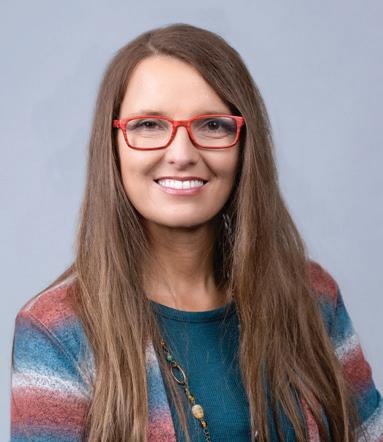
Michael Calhoun saw nature trails that shaped his childhood and refused to let their significance go unrecognized. Through years of paperwork and advocacy, he secured National Recreation Trail designations for the Crown Zellerbach and Banks-Vernonia trails—not for personal gain, but because he understood these paths deserved their place on the map. “It highlights what’s unique in your own backyard,” he tells us, recognizing that sometimes the most precious things are hiding in plain sight.
Keith Lionetti and Paul Stiller took that same protective instinct and built something lasting with their disc golf courses. What started as personal passion evolved into spaces where others can discover the joy they find in the sport.
Dave LaBelle’s photography column reminds us that sometimes preservation is as simple as being present with our camera when relief
arrives—capturing those fleeting moments when heat gives way to coolness, when discomfort transforms into gratitude.
What strikes me about these stories is how naturally caring leads to sharing. Michael didn’t stop at enjoying his hometown trails—he worked to ensure others could discover them, too. Keith and Paul didn’t just play disc golf—they created spaces where the sport could flourish. None of these keepers are hoarding their treasures. They’re multiplying them.
As summer reaches its peak, I find myself wondering what I’m keeping safe for others. Is it a family recipe that deserves to be passed down? A local tradition that needs an advocate? A skill that could benefit someone once its shared? Sometimes the most meaningful work we do isn’t creating something new but ensuring something valuable doesn’t disappear.
The keepers in our communities understand preservation isn’t about freezing things in time—it’s about creating pathways for others to experience what we’ve found meaningful. They know the best way to honor what we love is to make sure it survives and thrives beyond us.
Until next time, Chasity Anderson Editorial
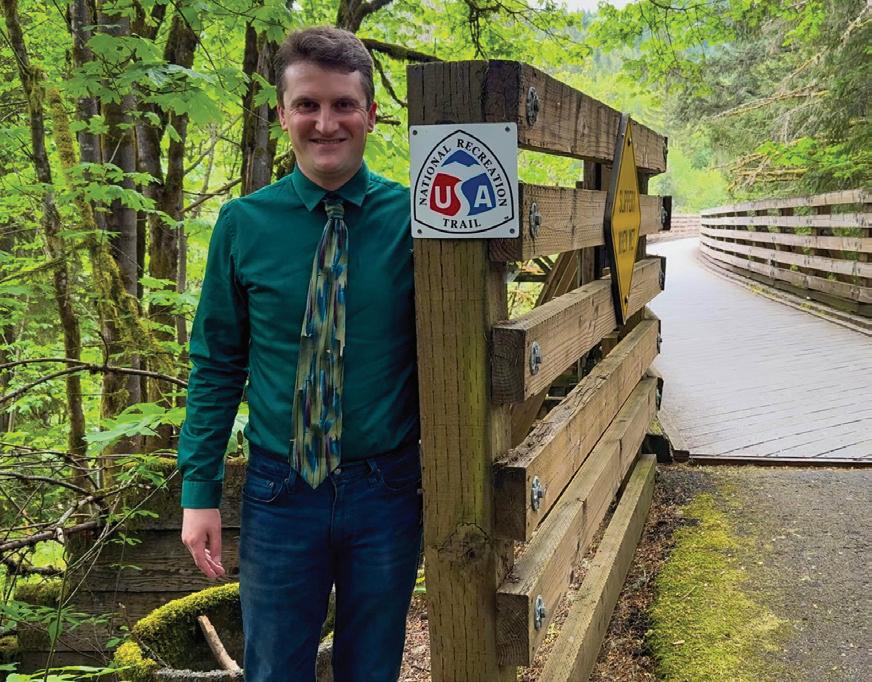
Director
On the Map
One man’s mission highlights hidden gems Up Close, Page 10
Hitting the Chains
Disc golf’s popularity soars Spotlight, Page 12
Mindful Mixology
Guide to summer mocktails In the Kitchen, Page 16











Attend the Annual Meeting
Meeting moved back to Cabin in Vernonia, door prize raffle returns
Story and
by Scott Laird
Mark your calendars and plan to attend West Oregon Electric Cooperative’s annual meeting at 11 a.m. Aug. 16.
This year, the meeting returns to Cabin in Vernonia after it was held for several years at the Vernonia High School Commons. The popular lunch and raffle drawing also return this year following the conclusion of the business meeting. The raffle is filled with valuable door prizes donated by WOEC vendors.
WOEC holds an annual membership meeting as mandated by its bylaws. This
meeting serves to announce election results for the board of directors, hear from special guests, present financial reports, update members on current projects and provide a Q&A session.
The co-op is asking members to participate in this year’s annual meeting for an important reason—to make sure the co-op has a quorum of members returning their ballots and voting on this year’s business, even if they don’t attend the meeting.
A quorum refers to the minimum number of members that must cast a vote for the cooperative to conduct official business at the annual meeting.


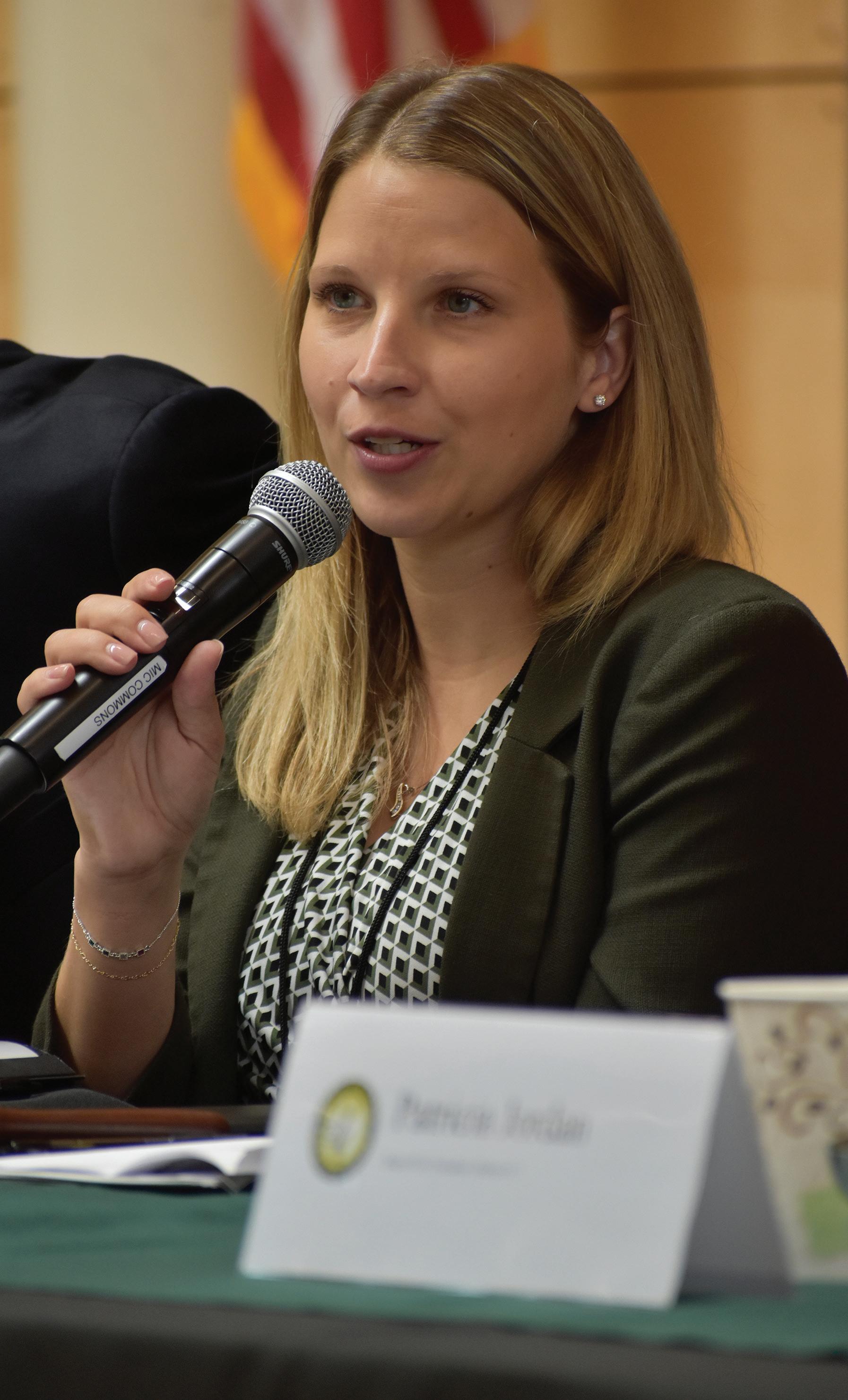
“Per WOEC bylaws, we need 5% of our membership to cast a ballot,” General Manager Billi Kohler says. “Even if the directors elections are uncontested and there are no proposed bylaw changes, please vote.”
Members receive ballot packets by mail in July. These packets provide instruction and allow members to vote on board elections and bylaw amendments. Voting can be conducted by mail, drop box at the co-op headquarters or at westoregon.org prior to the annual meeting. Votes are tallied by a third party, and results are announced during the annual meeting. Prior to the ballot packet being mailed this
ANNUAL MEETING DETAILS
When: Saturday, Aug. 16
Where: Cabin in Vernonia, 901 Park Drive, Vernonia
Registration begins at 10 a.m.
Meeting begins at 11 a.m.
ON THE AGENDA
X Call to order at 11 a.m.
X Determine a quorum is present
X Report on members’ present and mail-in votes to establish a quorum
X Meeting notice
X Confirm proper notice or waiver
X Approval of previous meeting minutes
X Officer and manager reports
X Guest speaker
X Election of directors
X Unfinished business
X New business
X Adjournment
X Lunch and raffle
month, members in Districts 2 and 5 were notified June 2 of nomination meetings held June 24 for board of director positions. Current directors and any other candidates must be nominated by at least one person within their district. Elected directors serve three-year terms on the WOEC board.
Election results will be announced during the annual meeting Aug. 16. Information about director candidates is included in the ballot packet.
The co-op looks forward to seeing members participate at this year’s annual meeting. Don’t forget to vote! n
ABOVE: WOEC General Manager Billi Kohler speaks at last year’s annual co-op meeting. She encourages all members to participate in annual meeting activities and vote for their board nominee.
Powering the Digital Frontier
Small electric utilities navigate data center energy load
By Allison Hamilton and Jennifer Paton
Data centers are the backbone of the internet. They store and manage everything from social media to cloud computing and artificial intelligence to streaming services.
As more people and businesses go digital, the number of data centers is quickly growing. While many of these centers were once built near large cities, more are now sited in rural areas. Electric utilities receive regular requests from companies looking to build large data centers in their service territories. These requests present significant opportunities and substantial challenges.
Umatilla Electric Cooperative, based in Hermiston, Oregon, has a front-row seat. Since energization of the region’s first data center, UEC’s service territory on the eastern side of the state has experienced significant growth. In 2013, UEC’s system peak demand was 224 megawatts. That number has climbed sharply in the years since, reaching a new system peak of 1,405 MW in June 2025.
“While data centers have played a role in driving growth, they are not the sole contributor,” UEC Assistant General Manager Josh Lankford says. “Over the past decade, we’ve also seen steady expansion in other industries across the region. But being a ‘new’ industry, it has had a ripple effect—bringing in new jobs, attracting people to relocate, and fueling demand for housing and construction.”
Why are data centers coming to rural areas?
As UEC has experienced, there are several reasons why companies are choosing rural locations for their data centers:
• More land. Rural areas have plenty of space for large buildings.
• Resource diversity. Public power utilities provide electricity from reliable
sources of energy. While early data center siting teams may have initially focused on access to reliable, low-carbon hydropower and the availability of industrial-zoned land, Josh says successfully serving large-load members in UEC’s region has required broad collaboration.
“As a utility, we’ve adopted a solutionsoriented mindset—approaching challenges with ‘How can we make it happen?’ We’ve had to align realistic construction timelines with long-term load growth and financial planning to confidently engage with planning commissions, city governments and contractors.”
• Lower costs. Land and labor are usually less expensive outside of cities.
• Tax breaks. Local and state governments may offer tax benefits to attract these businesses.
also improve service for all consumers by making the electric system stronger.
• Community impact. “Beyond their operational footprint, data centers have had a measurable and positive impact on our local communities,” Josh says. “Their presence contributes substantially to the tax base, supporting schools, emergency services and other essential public resources.”
He says these companies have also demonstrated a strong commitment to philanthropic giving—funding educational programs, workforce development and community initiatives that align with the region’s values.
The Challenges
While data centers create significant opportunities for electric utilities by driving demand and investment, they also
It’s a dynamic environment—but one that we continue to navigate with an eye toward resilience, equity and sustainability.
— Umatilla Electric Cooperative Assistant General Manager Josh Lankford
The Opportunities
Data centers can be huge, sometimes requiring more electricity than all a utility’s current consumers combined. This increased demand for electricity brings several new opportunities for utilities.
• New jobs and growth. Data centers can bring jobs and revenue to small communities.
• Stable revenue. The centers require a lot of power and usually sign long-term contracts. This provides an electric utility with steady income, which can help pay for system upgrades and keep rates lower.
• Improved infrastructure. To serve a large data center, an electric utility might need to build new power lines or substations. While this is expensive, it can
present challenges in meeting increased electricity needs while maintaining reliable and resilient power delivery.
• High up-front costs. Building the new infrastructure to power a data center can cost millions, which is why electric utilities work diligently with data center customers to ensure upfront costs are covered.
• Risk of losing a big customer. If the data center moves away or shuts down, the utility could be left with expensive equipment it no longer needs. This could negatively affect the utility’s finances.
• Permitting and siting. Acquiring permission to build new power lines and substations takes time. There may be zoning rules, environmental reviews and public meetings that slow things down.
At UEC, the pace and scale of growth associated with large-scale data center development have pushed the utility to meet aggressive schedules, often on compressed timelines.
“Delivering on these commitments demands a workforce that is not only highly skilled but also available when we need them—a challenge in itself as we compete to recruit and retain top-tier talent across engineering, operations and financial planning disciplines,” Josh says.
Josh points out that uneven growth across member categories affects every level of the organization.
“It has impacted board-level responsibilities and required us to adapt quickly to emerging regulatory and compliance challenges,” he says.
• Securing enough electricity. Sourcing adequate power to meet these escalating demands can require innovative thinking and new contractual approaches.
“We’ve had to secure power through creative and forward-looking agreements
to ensure reliability without compromising service to our existing members,” Josh says. “At the same time, we are steadfast in our commitment to fairness—ensuring that those driving growth are also responsible for covering the costs of the infrastructure required to serve them.”
Planning for the Future
To manage the risks and rewards associated with data centers, electric utility leaders are taking a careful, informed approach. They are working closely with their generation and transmission providers, economic development offices and financial experts to plan these projects.
Josh says as the utility’s communities grow, so does the need for resilient infrastructure. But UEC has found ways to meet this challenge.
“We have invested in critical system upgrades, including modern meter equipment, new transmission and distribution lines and have both expanded or rebuilt much of our substation capacity,” he says.
“These projects are essential for preventing service interruptions and accommodating future growth, ensuring we stay ahead of demand while maintaining reliability.”
Utilities also ensure contracts with data center operators include protections for the utility. For example, if the data center leaves early, it may be liable for paying part of the infrastructure costs.
Forecasting tools help utilities understand how the new load will affect the local system.
“Balancing these demands while upholding our cooperative principles has reinforced the importance of longterm planning, strategic partnerships and thoughtful growth management,” Josh says. “It’s a dynamic environment—but one that we continue to navigate with an eye toward resilience, equity and sustainability.”
By asking the right questions and building smart partnerships, electric utilities are well-positioned to make informed decisions that serve their members well—now and in the future. n


Uproot grass before switching to another option SAY GOODBYE TO YOUR LAWN
Grass lawns are the default for most yards, but some people prefer alternatives, such as ornamental landscaping, lowmaintenance groundcovers or pollinatorwelcoming spaces.
“Maybe you have a lawn full of difficult-to-control weeds, like annual bluegrass or rough bluegrass, and you want to start over,” says Alec Kowalewski, turfgrass specialist with the Oregon State University Extension Service. “Or maybe you want to switch from grass to lawn alternatives.”
In either case, you need to first remove the existing grass. Alec offers two approaches: an organic technique that uses no pesticides and a chemical method.
The organic method begins with placing plastic sheeting on top of the grass.
“You need something that will totally stop the gas exchange of the atmosphere,” Alec says. “You’re essentially suffocating the plant.”
In the summer heat, it could take two to three weeks to kill the grass. Remove the plastic once the grass is dead.
The conventional method is to spray a nonselective herbicide, such as glyphosate, on the grass in early morning. Keep it
away from other plants. Apply again two weeks later to kill dormant weed seeds that may have germinated.
Alternatives to glyphosate include Organic Materials Review Institute-listed products with vinegar or acid. When applying pesticides, always wear protective clothing. Follow the instructions on the pesticide label carefully.
No matter which method you choose, Alec recommends cutting down the dead grass with a mower when it turns brown and then aerating the lawn.
Because living root parts might still remain underground, it’s wise to completely remove any sod as well. Rent a hand- or gas-powered sod cutter to separate the sod from the soil. Adjust the blade depth to ¼ to ½ inch. Afterward, rake up sod with a square shovel or pitchfork. Throw discarded sod and grass in the garbage or compost it. With the old turfgrass successfully removed, you are ready to establish your new landscape.
Consider Creating a Pollinator Garden
Now that the hard part of removing your lawn is done, consider transforming your yard into a habitat for pollinators.
Prepare the soil. Once you’ve cleared the area, add organic matter or compost to the soil to improve its fertility and structure. This helps support a variety of plants that attract pollinators.
Plan your space. Decide how much area you want to dedicate to the garden. It’s beneficial to create diverse habitats. Consider incorporating groups of plants— such as wildflowers, shrubs and trees—that bloom at different times throughout the growing season.
Select pollinator-friendly plants. Choose a variety of native flowering plants that bloom from early spring to late fall. This ensures a continuous food source.
Create a planting strategy. Plant in groups of the same species to make it easier for pollinators to find your garden. Ensure your plants are situated in sunny areas, as most pollinator plants prefer full sun. Leaving some areas of bare ground provides nesting sites for native bees.
Attract nature and maintain. Include a water source, such as a birdbath or small shallow dish, and maintain the garden with minimal pesticide use. n
Information courtesy of Oregon State University Extension Service.







































By Vicki Hillhouse
Five years ago, a colorful marker caught Michael Calhoun’s eye as he set out for a hike on an Oregon Coast trail. The sign identified the path as a National Recreation Trail. Curious about its meaning, he searched the designation online, learned about the program and immediately thought of two trails near his Vernonia community deserving of their own markers.
In 2023—after a lot of paperwork, meetings and Michael’s advocacy with various agencies—the Crown Zellerbach
gems
One man’s mission highlights hidden
Trail received the National Recreation Trail designation from the U.S. secretary of the interior. One year later, he helped secure the same designation for the BanksVernonia State Trail.
This summer, Michael intends to celebrate with a joint dedication ceremony for both places.
The national recognition stands to bring increased publicity to the trails, along with the prestige of being part of the National Trails System network. More than 1,300 trails strong, the network helps nature lovers discover new places
to explore. National Recreation Trail designations can also boost state and federal funding opportunities.
“It’s kind of like a credential,” Michael says.
For him, there’s a deeper significance—it highlights the story of the rural area where he was born, raised and learned just about everything he knows about nature.
“That’s what I think is so cool about this whole program,” he says. “It highlights what’s unique in your own backyard. There are hidden gems to be discovered and used.”
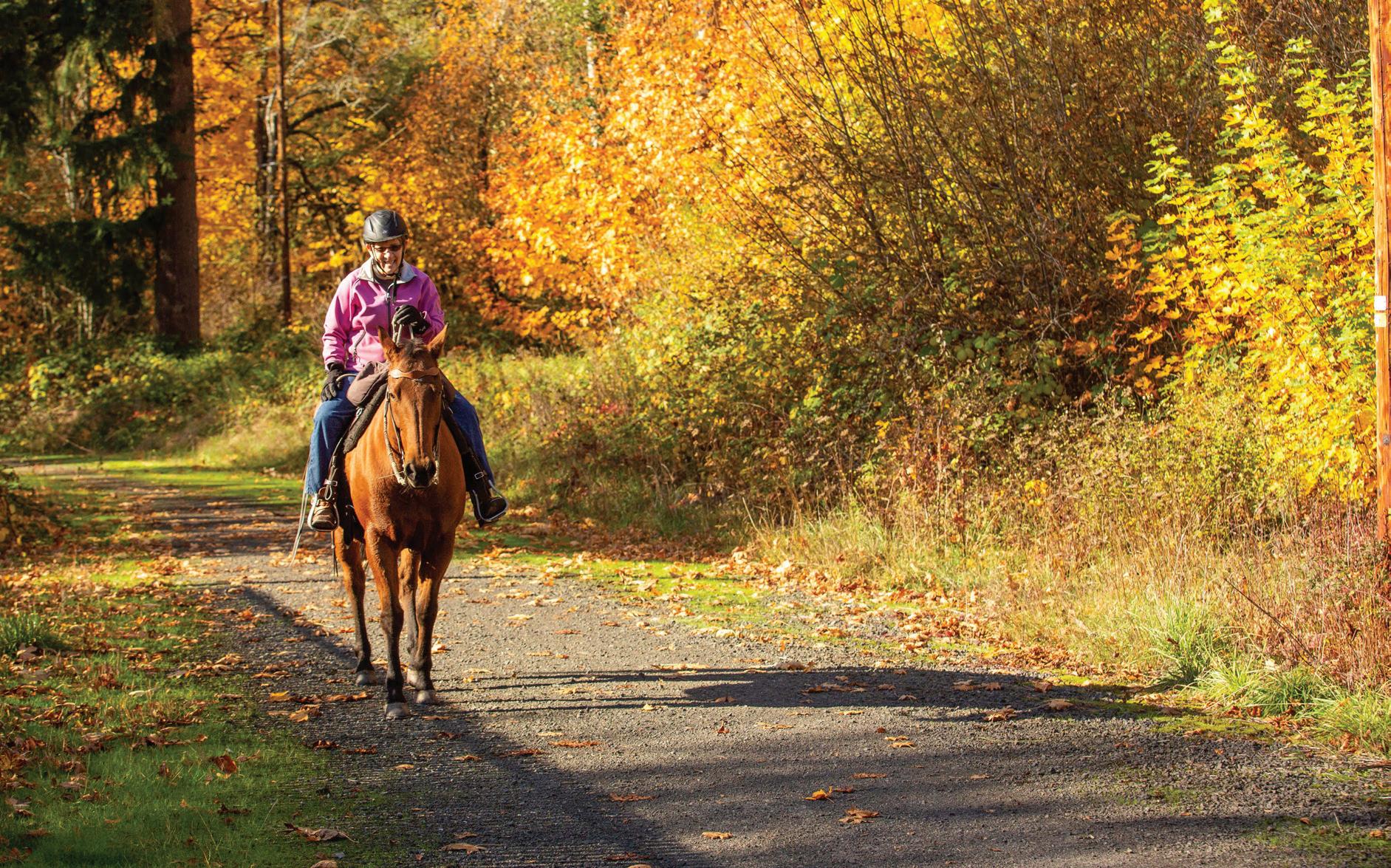
Crown Zellerbach Trail
Known locally as the CZ or Crown Z Trail, the Crown Zellerbach is a 22-mile trail connecting Scappoose and Vernonia through the wetlands of the Columbia River and the forested foothills of the state’s coastal range. It mostly follows the gentle grades of a logging railway that was ultimately widened for logging trucks.
The right of way is now property of Columbia County, which opened the trail to the public in 2014. The trail has nine trailheads, 23 interpretive kiosks and welcomes hikers, bicyclists and equestrians.
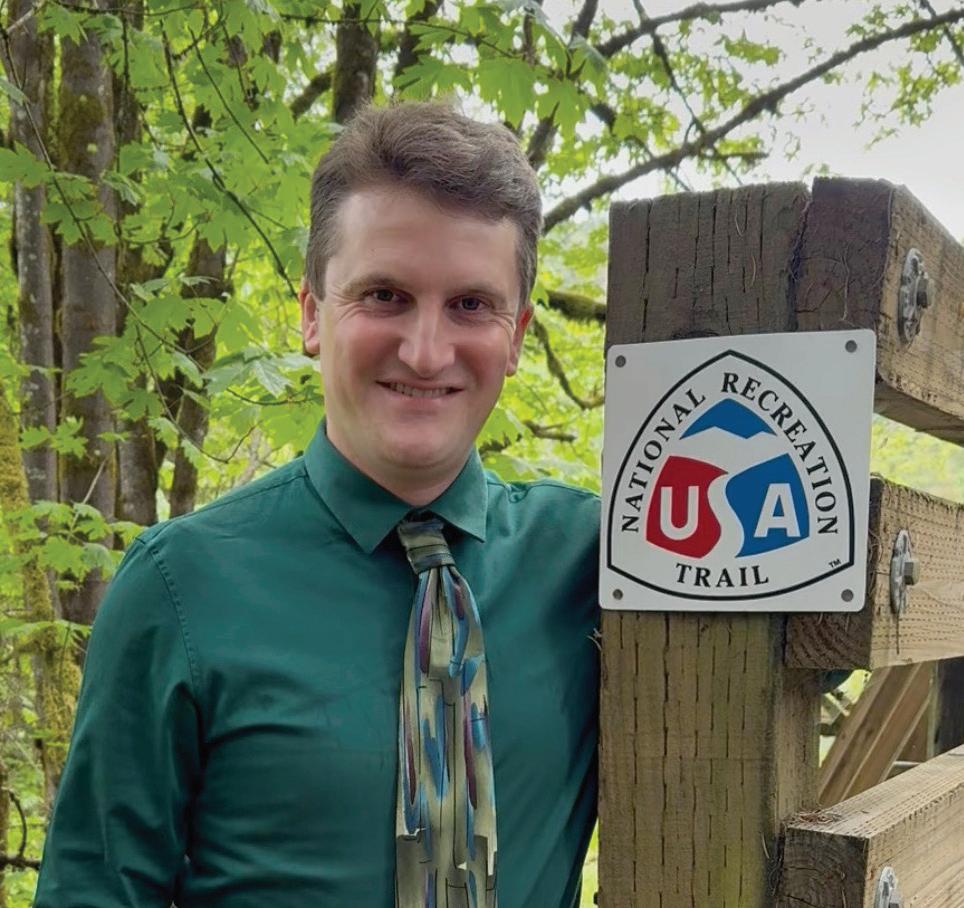
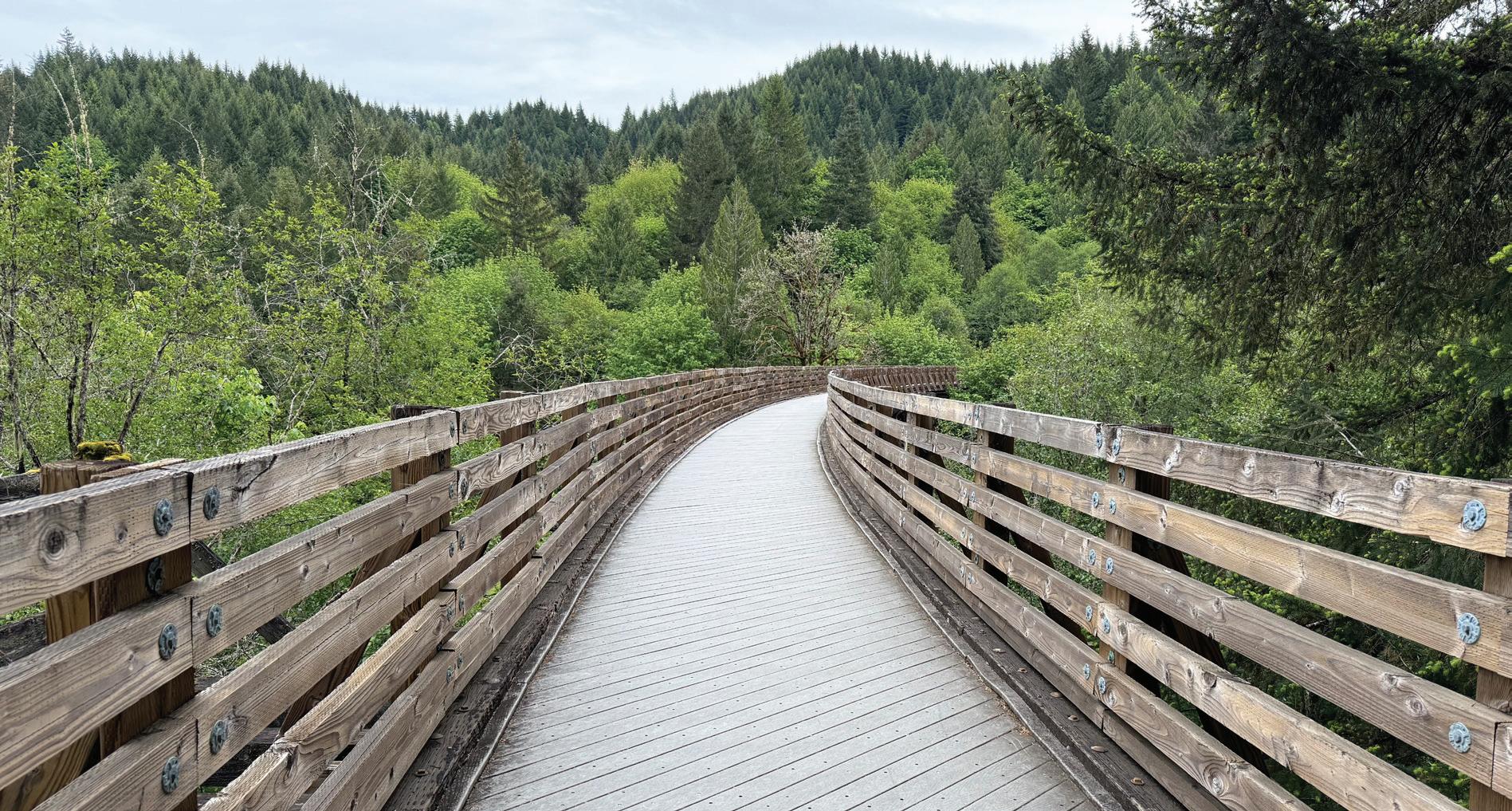
A Lifelong Love of Nature
Michael’s appreciation for history and geography was instilled at a young age by his parents, Steve and Carol Calhoun. Inspired by the Back to the Land movement, the family focused on the simplicity and beauty of rural living. Their home was a log cabin next to Rock Creek, the source of the town’s drinking water.
A tiny Michael, ushered by his parents to gaze at the night sky, is said to have uttered his first sentence—something about the moon—on the banks of Vernonia Lake. The waterway, which was the town’s former mill pond, loops to the Banks-Vernonia State Trail where he learned to ride a bike and later trained for track and cross-country.
That’s also when he started honing some of his early leadership skills. As a high school student, Michael attended the Youth Energy Seminar Camp in California through West Oregon Electric Cooperative. After graduating, he went on to Western Oregon University, earning a communications degree.
He spent the rest of his 20s away from his hometown, completing an additional degree in environmental studies at the University of Oregon before returning home during the pandemic to focus on conservation and environmental activism.
“I think that’s common for a lot of people when they grow up in a rural area—they want to get out and see the world,” he says. “You get to experience things, but you also realize how special your hometown is.”
These days, he often trains on the trail for marathons, trekking across the 21-mile path’s 13 bridges. The trail follows the town’s 1920s-era railway line, which made it Oregon’s first Rails to Trails park.
“I still try to get out to it as much as I can,” Michael says. “What I like about it is it’s got its own beauty at different times of the year.”
Winter’s thick coats of moss give way to spring blossoms. Summer is his favorite— before the leaves turn, and while the lush canopy serves as a shield from the sun’s rays.
“I’m really proud of my hometown and what it’s done for me,” he says.
Prioritizing Preservation
Preserving the history and nature of Vernonia and the surrounding areas has become a passion. When the Greenman Field grandstands fell into disrepair, Michael joined the Grandstand Committee to save and revitalize the historic structure.
Between that and the trail designations, he’s just warming up.
Banks-Vernonia State Trail
The 21-mile paved rail-to-trail path connects Banks and Vernonia through the foothills of Oregon’s lush coastal mountain range.
Owned by the Oregon Parks and Recreation Department since 1990, it includes an 8-footwide hiking and biking trail alongside a 4-foot-wide gravel trail to accommodate horses. It features 13 bridges and winds through Washington and Columbia counties.
The south end begins in Banks, surrounded by agricultural operations, heads through fields and riparian areas before reaching the thickly forested foothills of the coastal range. It ends in Vernonia surrounded by small farms and timberland.
Information from the National Park Service and U.S. Forest Service.
“Anyone else who knows of a trail that’s special to them can seek out and try for certification, too,” he says. “The trail could be a few feet long or a couple hundred miles long.”
Michael says any trail that is unique or special—so every trail—could be designated.
“As long as you have an advocate who can apply.”
For information on the trail dedication ceremony, contact Michael Calhoun at mcalhoun11@mail.wou.edu or 503-704-7837.
National Recreation Trail Facts
X The National Recreation Trail program was created by the National Trails System Act of 1968.
X Trails must be approved through an application and review process before being designated by the secretary of the interior each June.
X As of 2024, there were 1,348 National Recreation Trails and National Water Trails.
X National Recreation Trails are in all 50 states, plus Puerto Rico and Washington, D.C.
X The combined length of the trails is more than 30,000 miles.
X The shortest National Recreation Trail is the Forest City Trail in Tennessee, at just one-tenth of a mile.
X The longest trail is the Florida Circumnavigational Saltwater Paddling Trail, at 1,500 miles.
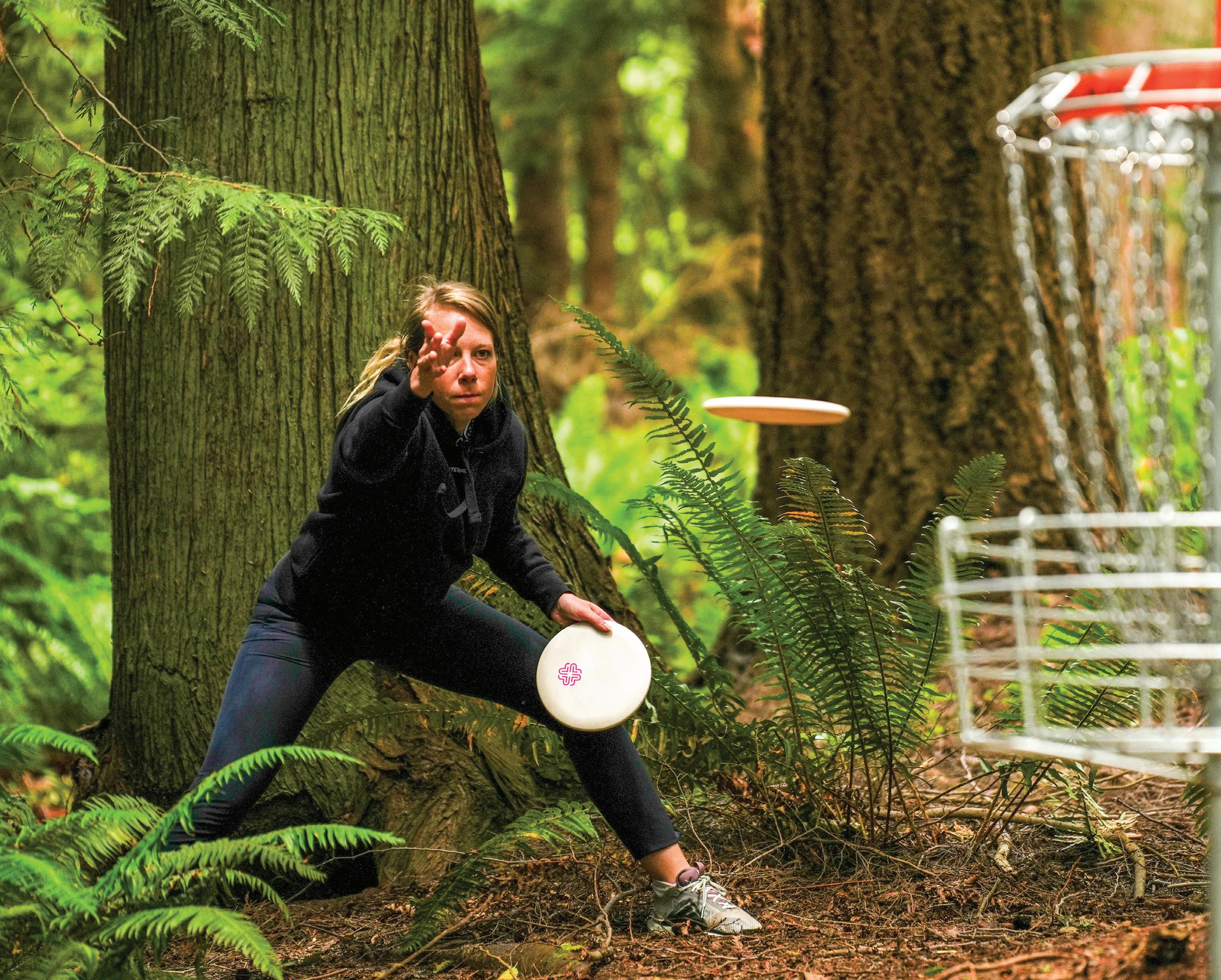
Hitting the Chains
On the first Saturday in August, sports enthusiasts around the country celebrate National Disc Golf Day. With more than 10,000 courses spread across the country, there are plenty of places to join in the fun.
Most disc golf courses are on public land in parks and forests, and everyone is welcome to try their hand at the game. Players launch a disc from a tee area and try to land it in a hanging basket “hole” in as few throws as possible. With trees, shrubs, ponds, rivers and even dramatic elevation variations along the way, this is no simple task.

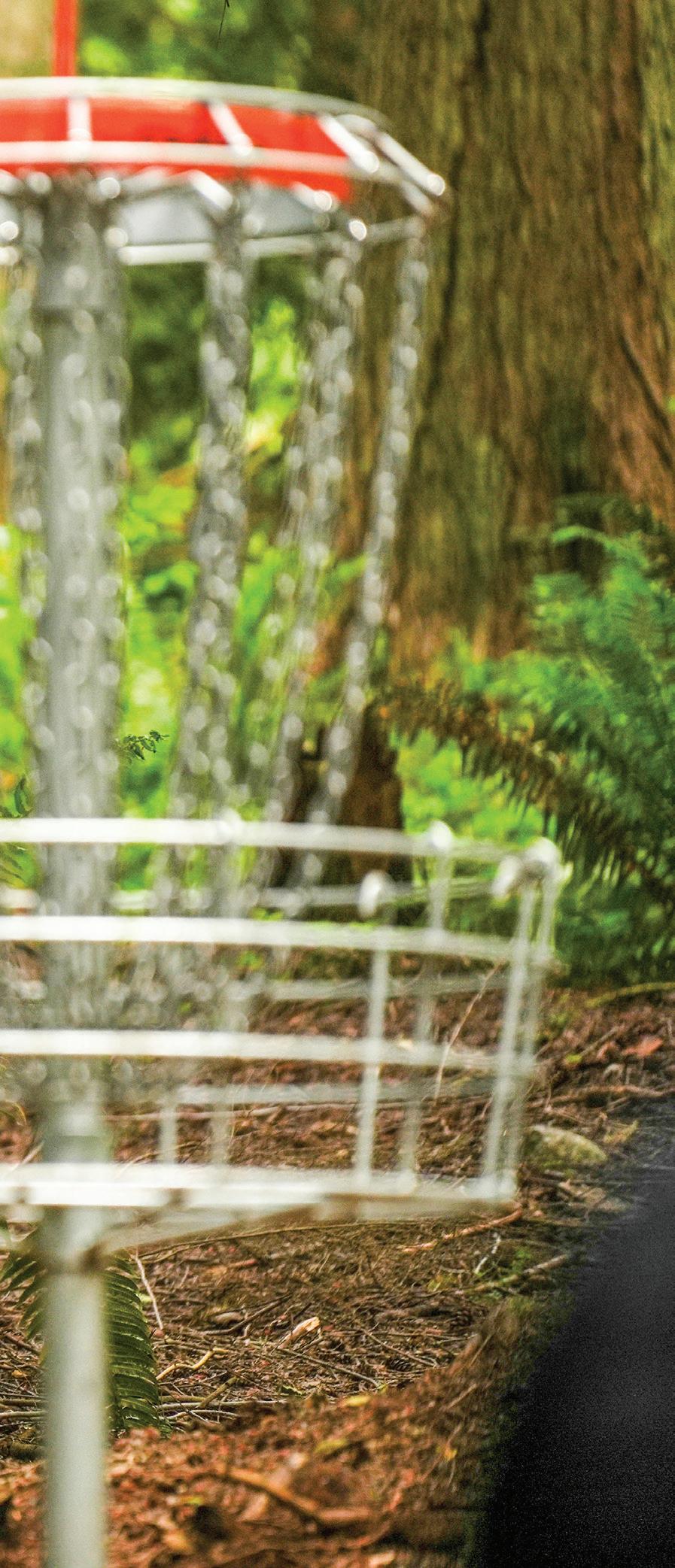
“It’s pretty cheap to get into,” says Paul Stiller, founder of Caliber Disc Golf Course in Idaho. “A lot of places are free to play. You can pick up a disc for about $8, and you’re off and going and having fun in the park and getting exercise.”
Keith Lionetti, co-founder of Kayak Point Disc Golf Resort in Washington, says it’s all about accessibility.
“It’s fairly easy to pick up, and if not, we give lessons,” he says. “If you’ve thrown a Frisbee, you can play disc golf.”
For many players, the sport becomes a healthy addiction.

“You can get into it,” Keith says. “You can

Keith was reluctant to try the sport.
“I thought it was kind of weird at first,” he says. “I was—and am still—kind of an introvert.”
Finally, he thought, “You know what, I’m going to try this.”
A friend took him out to play a round, and Keith was hooked.
“I just fell in love with it,” he says. “It’s something cool to do to get out and walk around and try to throw a disk of plastic at shiny things.”
The History
Though some say similar games were played as early as the 1920s in Canada, the sport as it’s known today took flight in 1975, thanks to the father of disc golf, former Wham-O Vice President Ed Headrick.
Working in the toy business, Ed saw endless potential for flying discs. As a guest on "The Tonight Show” he introduced Johnny Carson to the Frisbee and played catch with Ed McMahon. He explained the toy was inspired by Princeton students who tossed around lids from the Frisbie Pie Company’s cookie jars.
Ed is credited with refining the Frisbee for competitive play, inventing the target baskets still used today and installing the
The sport meant so much to Ed that after he died in 2002, his family carried out his wishes and had his ashes incorporated into a limited-edition press of 4,000 Discraft flying discs. Most of the discs were given to friends and family, but some were sold to benefit a nonprofit memorial museum.
Disc Golf Today
The sport Ed launched continues to grow with courses popping up all over the world.
The Pacific Northwest, West Coast and Intermountain West are home to some of the highest-rated courses on the planet. Paul’s course, Caliber Disc Golf Course, was ranked fifth in the world on the 2025 list by disc golfer app UDisc. It ranked in the top eight each of the last four years. The top three courses on the list are in Norway, Sweden and Finland, where Paul says the sport is revered.
“When I invest in my course it’s tens of thousands," he says. "When they invest it’s hundreds of thousands or millions."
Other regional courses to make the top 100 include BuckSnort in Pine, Colorado, which came in at 16. Beaver Ranch Disc Golf Course in Conifer, Colorado, ranked 20th; and Bear Mountain in Bailey, Colorado, at 32. One of Keith’s courses,

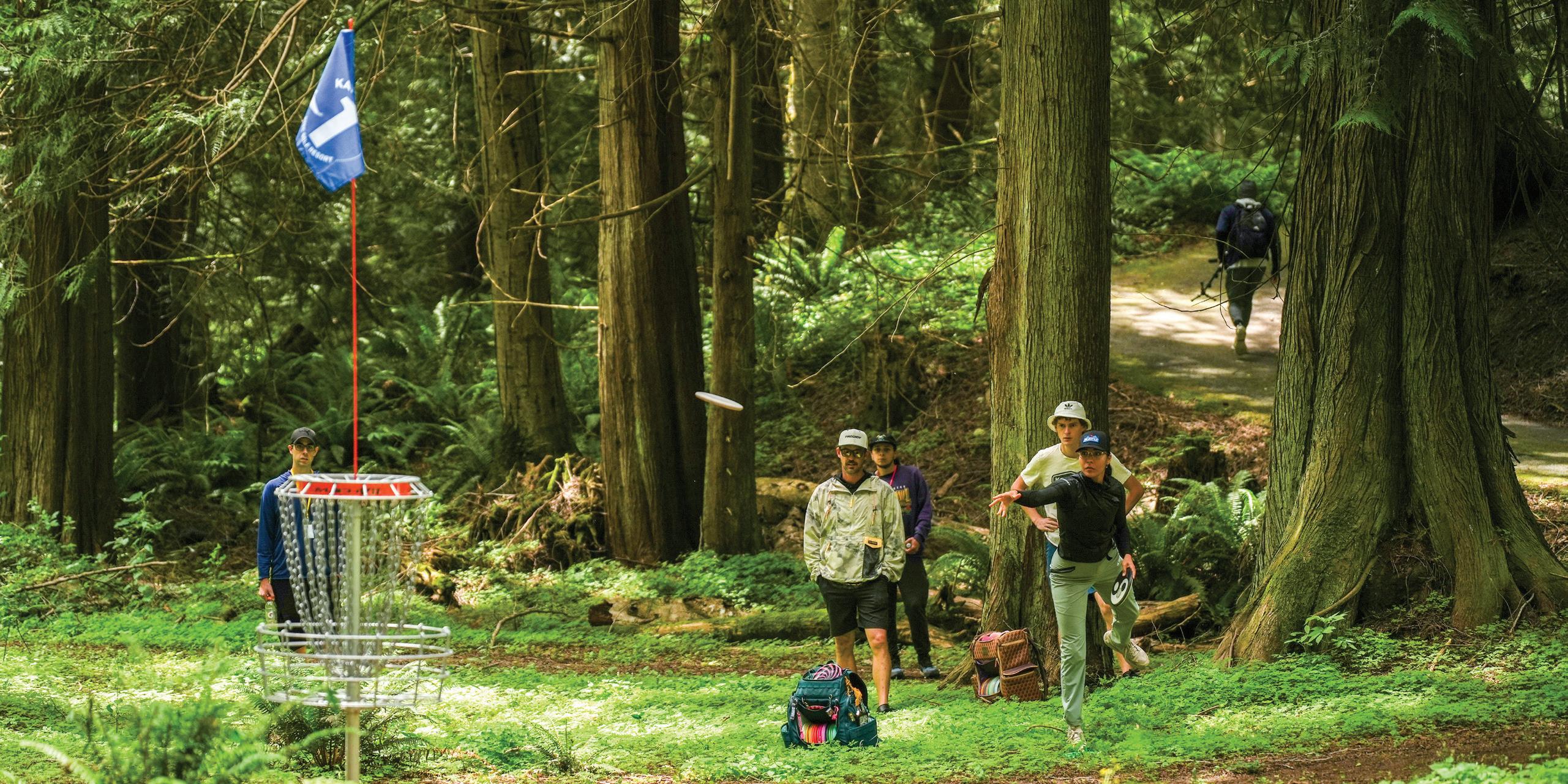
Low, Arizona, 73; Milo McIver (East) in Estacada, Oregon, 85; DeLaveaga Disc Golf Course in Santa Cruz, California, 88; Base Camp Adventure in Moab, Utah, 91; Whistler’s Bend in Roseburg, Oregon, 93; and Makoshika State Park-Buccaneer Flats in Glendive, Montana, 98.
Many of the highest ranked players in the world hail from the area, too. Women from the region breaking into the top 20 in the world include Ohh Scaggins, of Los Angeles, who is ranked No. 4; Ella Hansen, of Seattle, at fifth; Hanna Huynh, of Spokane, Washington, at 12th; and Jessica Weese, of Grass Valley, California at 20th.
On the men’s side, Anthony Barela, of Scottsdale, Arizona, is ranked No. 2. Anthony broke into the professional ranks as a 17-year-old playing alongside his idols in the Beaver State Fling. Richard Wysocki, also of Scottsdale, is ranked fourth; and Eagle McMahon, of Boulder, Colorado, is 16th.
Turning Pro
But can you make a living playing disc golf?
“This is what’s crazy,” Keith says. “Nowadays you can. There are players that that’s all they do, and they make a decent living.”
Paul says some are making big money.
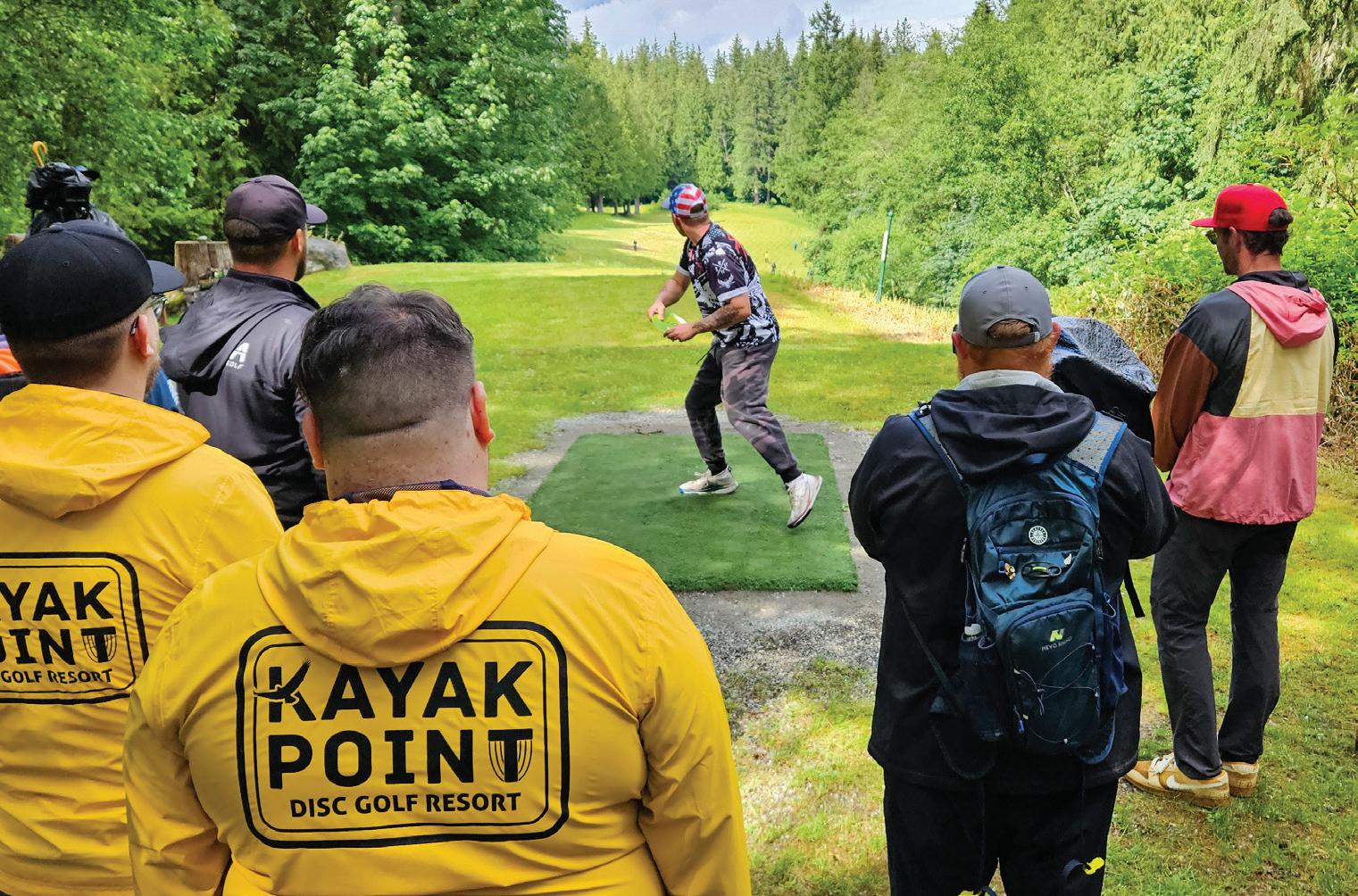
“There’s guys who sign contracts for five years, $5 million; 10 years, $10 million, and that’s not even other sponsorships,” he says. “That’s just to throw discs for those companies. And then you get the shoes, and you get the clothes, and you go win the tournaments. It’s growing. Someday we’ll be as popular as bowling, and guys will be making $40,000 or $50,000 a win. But they’re working up into the $20,000 and $30,000 range, which is good compared to 10 years ago when it was $1,200.
“If you are a top player, and you can excel, there’s definitely a future for you,” Keith says. “The challenge is, that field is very competitive.”
To be competitive, Keith says core muscle building and practice are helpful.
“But you don’t need a lot of muscle tone,” he says. “Size isn't necessarily a factor,” he points out.
One of the best women in the world, he says, is maybe 5 feet tall and 100 pounds and able to outplay men who tower over her.
Keith says luck is part of the play, but only to a point.
“To be consistently good you’ve got to work at it or just be a natural,” he says. “Some people are just naturals. It’s incredible how the younger generations just keep getting better and better.” n
A Disc Golf Lover’s Dream Course owners tee up challenges for players
Kayak Point Disc Golf Resort in Stanwood, Washington, was a dream project years in the making. Co-founder Keith Lionetti ran a pro shop inside a public park for 15 years. As the sport grew, so did the number of visitors to the park.
“Every summer, the crowds kept getting bigger,” he says. He longed for a dedicated space “out in the middle of nowhere.”
“I had been bugging the parks department,” Keith says. "Just one property, one disc golf course, didn’t matter if it was nine holes, doesn’t have to be 18 holes, could have been three holes, 1 acre, didn’t matter. I just kept bugging them.”
The local tourism bureau pushed, too, hoping to draw visitors to the area. Keith was scoping out another property when the county approached him about Kayak Point.
The 300 acres Kayak Point operates on was bought in the early ’70s by the Recreational Conservation Organization out of Olympia, Washington, and turned over to Snohomish County Parks & Recreation with the stipulation the land be used for golf.
For years it was used for “ball golf,” as Keith calls it.
“You know I’m a total disc golf nerd if I call it ball golf, right?” he jokingly asks.
With the traditional golf course operators struggling and the land overgrown, the parks and rec department considered tearing down buildings on the property.
“But the reality is it can’t be used for anything other than golf,” Keith says. “We were sweating bullets thinking, ‘Do you consider disc golf golf?’ And they did.”
That was in 2020. Since then, Keith and his team, including co-owner Eric Edgerton, built the course into a destination that ranks 20th in the country with a restaurant, pro shop and education building. Kayak Point’s courses routinely occupy three of the top five spots on the udisc.com top course list for Washington.
Kayak Point offers a mix of challenging courses for players of all skill levels. The Purple Course, catered to true beginners, is built on the bones of an old putting course with natural obstacles, ponds and even a lazy river along the way. The 18 holes wrap around the clubhouse and are free to play.
“My kids play it and have played it since they were 5,” says Keith, whose children are now 11 and 17. “If you’re a top touring pro, you could try to get an ace on every hole. It’s still not easy.”
Tee times and passes are required to access the remaining courses. The Green Course caters to novice players, the Red Course and soon-to-be completed White Course are intermediate, the Blue Course is advanced, and the Gold Course is designed for professionals.
An Idyllic Course in Idaho
Idaho’s Caliber Disc Golf Course and founder Paul Stiller’s new 18-hole course, Motherlode Disc Golf Course, are unique in that they’re built on private land, which eliminates some of the risks of developing on loaned or leased land.
“You know the story of disc golf is you get some land, a bunch of guys get together, they build a course, and then the piece of land gets taken away either by the county or the city or the donor of the land,” Paul says. “So, the only way to really go for it is to own your own property and do it. I just turned myself loose and said, ‘OK, honey, this is the last cockamamie idea I’ll have, but it’s going to work.’”
And it did work if Caliber’s ranking as the fifth-best course in the world is any indication.
Paul says his wife and three children have been supportive, even though he literally never leaves work. Neither do they—the family lives there in a house he’s thinking of turning into a clubhouse.
“It has views looking at five or six disc golf holes,” Paul says. “So, when you have tournaments it’s pretty big fun.”
Getting the course open each spring is challenging with all the tree litter cleanup. After it’s open, Paul says maintaining it is easier. In fact, he even gets a chance to play a few rounds a week.
Growing up in Ohio, Paul played traditional golf. He picked up disc golf in 1986 and played in Alaska, Oregon and Idaho. He doesn’t see much of a rivalry between ball and disc golfers. He knows others who play both sports, but most people pick one.
“I know disc golfers who are like, ‘Nah, I’m never going to swing a club,’ and I know golfers who would never stoop so low as to throw a disc,” he says. “But we get a lot of converts because golf is tough.”
So is disc golf, Paul adds, but he’s having fun.
“I never knew I was going to be doing this 10 years ago,” he says. “But I couldn’t see it any other way now. You know how sometimes you get a curveball, and you just have to go with it.” n

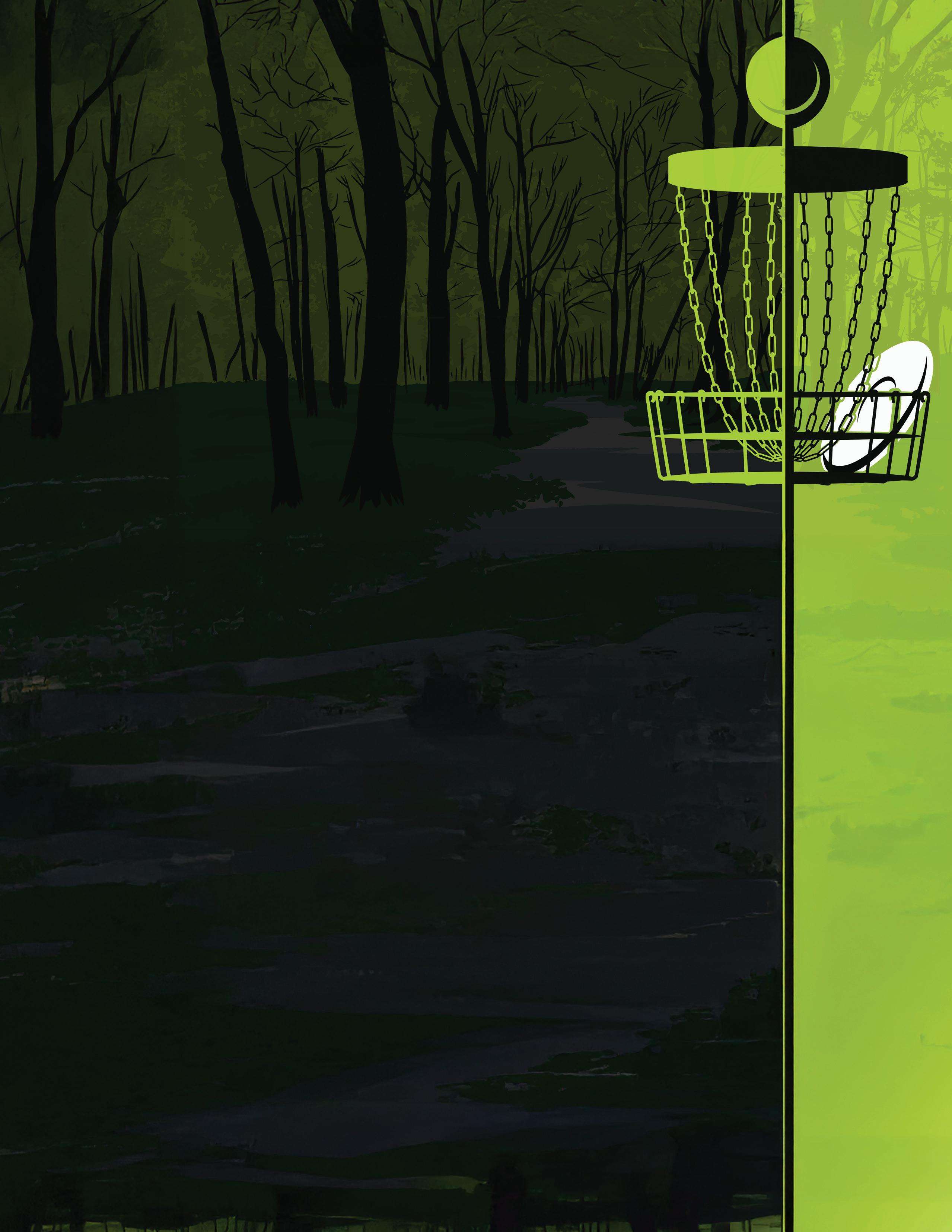
The ultimate guide to summer mocktails Mindful
Mixology
By Anne Braly
Alcohol-free beverages don’t have to be boring. They can be so flavorful you may rethink your idea of the afternoon cocktail—you may not even catch that the alcohol is a no-show.
TIKI COOLER
Ice cubes
6-ounce can pineapple juice
6 ounces coconut milk
3 limes, juiced
2 tablespoons almondflavored syrup
1 cup club soda, or as needed
4 pinches ground nutmeg
4 lime wheels
4 sprigs fresh mint
Whether it’s due to the rise of the mindfulness movements like Dry January and Sober September, not to mention alcohol-free happy hours, consumers are demanding more thoughtful
Place a few ice cubes in a pitcher. Add pineapple juice, coconut milk, lime juice and almond-flavored syrup. Stir until chilled.
Strain mixture and pour it into four glasses. Top each glass with club soda.
Dust each mocktail with nutmeg. Garnish with a lime wheel and a sprig of mint.


beverages year-round.
So go ahead, take the plunge and have a mocktail party this summer. Here are some recipes that offer a cooling change for alcohol-free summer sipping.
STRAWBERRY REFRESHER
4 cups strawberries, sliced 1 cup white sugar
8 cups cold water, divided
5 cups ice for serving, or as needed
1 lime, cut into 8 wedges
8 fresh mint sprigs
Mix strawberries, sugar and one cup cold water in a medium bowl. Cover the bowl with plastic wrap, and place in the refrigerator for 4 hours.
Pour chilled strawberry mixture into a blender. Blend on high until smooth. Pour through a wire mesh strainer set over a large bowl; discard pulp and seeds. Stir remaining 7 cups cold water into strawberry juice until it is well combined.
Fill eight glasses with ice. Pour strawberry mixture over ice. Garnish each serving with lime wedges and mint leaves.






GINGER CHAMPAGNE
2 2-liter bottles ginger ale or cranberry ginger ale, chilled, divided 46-ounce can pineapple juice, chilled 64-ounce bottle white grape juice, chilled
To make ice ring:
Fill a ring-shaped cake pan halfway with ginger ale. Freeze until partially frozen.
VIRGIN MARGARITA
1/4 cup lime juice

cup orange juice

cup simple syrup
(equal parts sugar and water, cooked on the stovetop until the sugar dissolves)
1 tablespoon agave syrup, optional
Ice cubes
Salt, for rimming the glass, preferably kosher or sea salt
Lime wedges, for garnish
Club soda or lemon-lime soda, to top off the drink

Begin by rimming the glass. Take a lime wedge and rub it
At this stage, you can place edible flowers or pieces of fruit around the ring. Fill pan to top with ginger ale and freeze until solid. Place in punch bowl just before serving.
In a large punch bowl, combine one bottle ginger ale, pineapple juice and white grape juice, add ice ring to punch bowl, and let guests serve themselves.
ALCOHOL-FREE MINT JULEP
1/4 cup water
1/4 cup white sugar
1 tablespoon chopped fresh mint leaves
2 cups crushed ice
½ cup prepared lemonade
Fresh mint sprigs, for garnish
Combine water, sugar and one tablespoon of chopped mint in a small saucepan. Cook and
ISLAND ICED TEA
stir until the mixture boils and sugar is dissolved. Remove from heat. Set aside to cool for about an hour, then strain out mint leaves. Fill two cold cups or frozen goblets with crushed ice. Pour half of the lemonade into each glass, and top with a splash of cooled sugar syrup. Garnish each with a mint sprig, and add a straw for sipping.
around the rim of the glass. Dip the rim into a plate of salt to coat it. Add ice.
Fill a shaker or mixing glass with ice cubes. Add the lime juice, orange juice, simple syrup and agave syrup to the shaker. Shake well to combine the ingredients.
Strain the mixture into the salt-rimmed glass filled with ice cubes. Top off the drink with club soda or lemon-lime soda to add a bit of fizz. Give the drink a gentle stir to mix everything. Garnish the glass with a lime wedge.

3 black tea bags
1/4 cup pure maple syrup
1 medium red apple, thinly sliced
2 cups apple cider
Mint sprigs, for garnish
In a small pot over high heat, bring 4 cups of water to a boil. Pour boiling water into a large heatproof pitcher or jar.
Add tea bags and maple syrup, and stir to combine. Let steep for 3 to 5 minutes,
depending on how strong you like your tea.
Remove and discard tea bags. Let tea cool to room temperature, then refrigerate until cold for 4 hours or up to 12.
When ready to serve, add apple slices and cider to pitcher, and stir to combine. Pour into individual tea glasses, making sure at least one apple slice gets into each glass. Garnish with a sprig of mint.






READER EXCHANGE
Crafts/Hobbies
I’m recently retired and getting back into making jewelry from junk. I’d love to work with any unmatched earrings, broken chains and unwanted jewelry. Thank you.
Lori Arola 82162 Red Bluff Road Seaside, OR 97138
I would love your unwanted sewing material. I want to make shirts for my son.
Rosalie Ferry
109 Raven Lane Careywood, ID 83809
My mom is looking for all greeting cards to make her card bowls. New or used.
Millie Shelton
85460 Christmas Valley Highway Silver Lake, OR 97638
I work with children with special needs. We are looking for kid-friendly charms to put on bookmarks. We’re also looking for all colors of glass beads to make fairy garden stakes. Unable to return postage.
Jodie McVay 9900 8th Place Bay City, OR 97107
Milestones
My mom turns 99 this month. She grew up in Michigan, where she and her mother moved from the city to a farm during the Depression. Mom met our dad during World War II by way of a hometown campaign to write letters to soldiers. Growing up, we had a garden and apple orchard. Mom canned and froze everything. Dad died in 1997. In 2018, she came to Montana to live with me, and we moved to Troy just a year ago. She still reads constantly—a book every few days. She’s lost a lot of friends over the years and would be delighted to get birthday wishes. I keep telling her about the great bunch of people who reach out to each other in the Reader Exchange. Please send cards and notes to Lois Bottomley, P.O. Box 719, Troy, MT 59935.
Elaina Graham Troy, Montana
My beloved father turns 95 this month. His days are often filled with reading his mail, a favorite pastime. He would be thrilled to receive birthday cards. He was born in Missouri to sharecroppers—the fifth of eight children. In the 1930s, the family left for California. His father found work on a chicken farm, and for the first time, he remembers having enough to eat. He left school early, enlisted in the Air Force and obtained his high school diploma. After his service, he found work with Western Electric, a subsidiary of AT&T, where he worked until his retirement, obtaining a district manager position. He is a gentle soul. Chuck Moore, 2065 Manor View Circle NW, Salem, OR 97304.
Denise Bartlow College Place, Washington
My mom turns 99 this month. She recently moved into independent living, and it has been a huge adjustment for her to live in what she sometimes calls “institutional” living. One of her favorite places to visit was the Graeagle/Blairsden area. She and my dad came to visit friends, vacation and golf at the local courses. I purchased a home there in 2005 just before my dad’s passing, and she has come often to savor the beauty and people in this area. Please send any cards you can to Dolores Johnson, Oakmont Gardens, 301 White Oak Drive, Apt. 162, Santa Rosa, CA 95409. Thank you.
Cheri Johnson Portola, California
My dear friend, Eileen, turns 100 this month. She was born during a thunderstorm in Missoula, Montana. She was raised in Montana in a large family. She married at age 20, and they were married for nearly 70 years. She has three children, and they’re the apple of her eye. Eileen often recalls the music of her youth, remembering words to many old songs. Her love for music is still alive. She loves to sing, dance, and visit with friends and family. Please send cards to Eileen Creswell: in care of Helen Pringle, 20 N. Wahanna Road, Seaside, OR 97138.
Philip McFadden Vernonia, Oregon
My mom turns 92 this month. She has Alzheimer’s and recently moved into assisted living. She has always been independent. Leaving her home and no longer being able to drive has been a hard adjustment. Receiving birthday wishes from readers would bring her joy. Please send to Dandy Borges, Brookdale Retirement Community, 1942 SW Canyon Drive, Redmond OR 97756.
Vicki Johnson College Place, Washington
Submitting Requests Is Free
Send your request (no attachments) to readerexchange@ruralite.org or mail to Reader Exchange, 5625 NE Elam Young Parkway, Suite 100, Hillsboro, OR 97124. Fill in the subject line with Reader Exchange.
Acceptance, scheduling and editing are at the editor’s discretion. Single requests only, please. No duplicates. Submissions are handled first-come, first-served as space allows. We cannot honor every request.
Please affirm you have authorization from all appropriate parties before submitting. By submitting, you indemnify Reader Exchange, Pioneer Utility Resources Inc., its officers, directors, employees, utility clients and insurers from all legal liability incurred by the publication of information. We no longer accept pen pal requests. You may submit a pen pal request as a Marketplace ad (pricing applies).
When submitting a milestone request, please send it at least two months before the milestone. Phone numbers are not published. Email addresses are if they are part of the ad, but you must include a postal address. Requests must include the name and address of the electric utility that provides your magazine.
Spirituality

“I never expected it to be so beautiful that it takes your breath away.”
— Kaya C., on Stauer Opals
In a quaint village, nestled between rolling hills, lived a young woman with a deep appreciation for gemstones. Her grandmother gifted her a delicate cross pendant adorned with opals. The opals shimmered with a mesmerizing play of colors, reflecting hues of blues, greens, and fiery oranges. Her grandmother shared the legend of the opals, believed to bring hope, purity, and luck to those who wore them.
Using this story as inspiration, Stauer brings you the Opal Spirit Cross Pendant. With over 2 total carats of Kyocera lab-created opals set in .925 sterling silver encased in yellow gold, this pendant is a radiant celebration of beauty and craftsmanship. Each opal captivates with a kaleidoscopic dance of fiery oranges blending into oceanic blues, streaked with flashes of vibrant green that seem to come alive with every movement. The shimmering opals are skillfully arranged to create an enchanting, otherworldly glow, embodying the spirit of hope and harmony.
This breathtaking combination of color and craftsmanship is available as a limited availability of only
930 pieces, making it a rare and treasured addition to your jewelry collection. Plus, when you order today, you’ll receive the gold-finished sterling silver chain—a $69 value—absolutely free! Don’t miss your chance to own this exclusive tribute to timeless elegance and meaningful symbolism.
Necklace Specifications:
• 2 1/2 ctw. Kyocera lab opals and DiamondAura® accents
• Yellow gold-finished .925 sterling silver setting
• 18" gold-clad .925 sterling silver chain
Walk into forests and history in Alaska at
Sitka National Historical Park
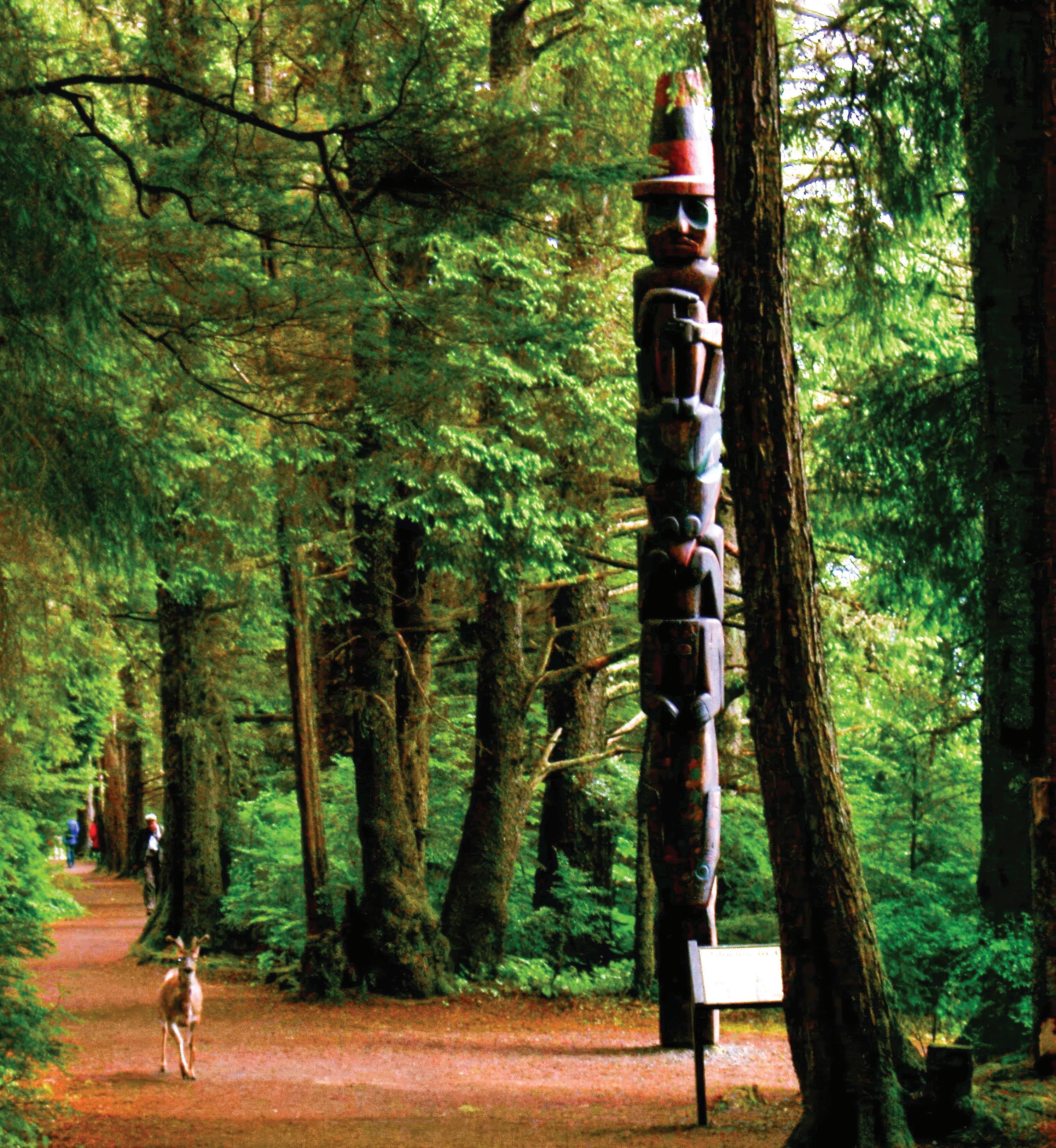
What Is It?
At Sitka National Historical Park, forests, coastal waters and the Indian River all provide biologically rich environments. The 113-acre park in Southeast Alaska is a great place to learn about nature and the area’s deep cultural history—including through a collection of totem poles from Indigenous communities around Southeast Alaska.
History
This is Alaska’s oldest federally designated park. It was named a national monument in 1910 to honor the Battle of 1804, the last major armed conflict between invading Russian traders and the Sitka Tlingit people. Today, National Park Service rangers lead a variety of walks exploring different aspects of the area’s history, including this battle.
Culture
The park’s visitor center offers exhibits and videos detailing traditional Tlingit life and culture. Many artifacts are on display year-round. In the summer, artists demonstrate traditional craftwork from local Tlingit or Haida culture—such as carving, weaving, beading or metalwork Also, the park is home to a Russian Bishop’s house built in 1842 and is one of the last surviving Russian colonial buildings in North America.
Explore
During summer, visitors can see salmon returning up the Indian River to spawn, with one of the best viewing spots from the Arched Bridge. For those looking to see the Sitka spruce and hemlock in the park’s forest, an easy, entry-level hike is the 1.6-mile Totem Trail.
More Information
During summer, the park is open every day from 9 a.m. to 5 p.m.
To start planning your visit, head online to www.nps.gov/sitk or call 907-747-0110.
Generational Wealth







































NIKON D810, 180mm lens ISO f/6.3200, at 1/25
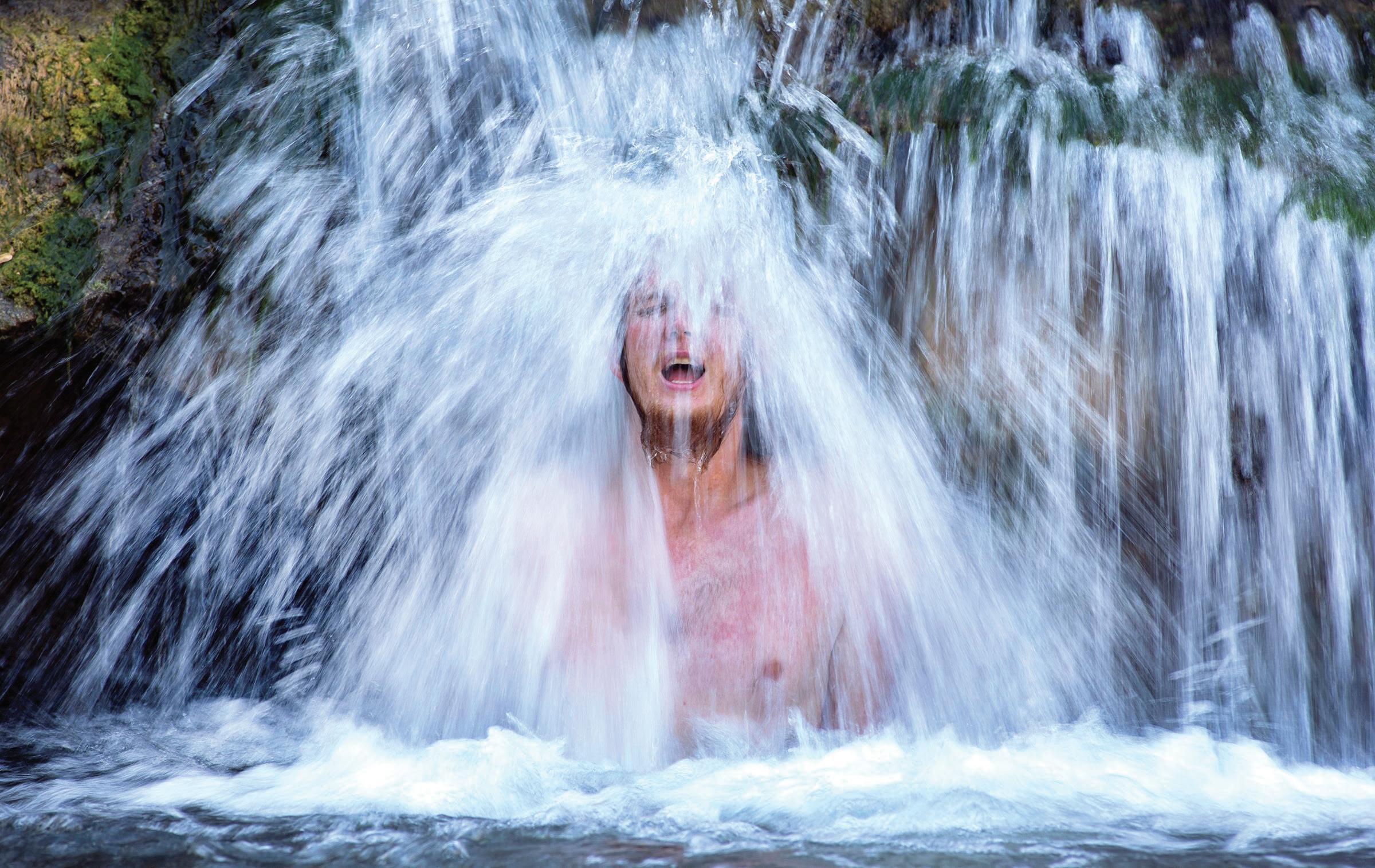
Relief From the Heat Reader Challenge
By Dave LaBelle
Most places on Earth get hot—some more than others.
California’s Death Valley is often one of the hottest spots on the planet. States like Arizona and Florida are great places to winter away from the ice, snow and frigid subzero temperatures, but they can be toasty and sometimes suffocating in the summer. As a newspaper photographer, coming up with good weather-related photographs was often challenging, but it’s a challenge I always enjoyed.
I remember an especially hot, bonedry summer working in Kansas when a reporter made a black-and-white photograph of shadowy fingers reaching across a hot, dusty country gravel road. The picture title exclaimed, “Cool as ice.” Several colleagues got quite a laugh about the caption, and one reporter even tacked it to a bulletin board, underlining the title in red.
As always, we looked for creative ways to express the heat.
Last summer, while visiting my home state of California, record-breaking heat swept across its Southern communities. While visiting with dear friends as I worked on a story, I joined them for a dip into the cold waters of a small stream moving through their property. After cooling off myself, I watched as one young man wiggled behind a small curtain of water. Since I had brought a camera, I immediately climbed out of the water and made several images of Nick Rainwater.
I knew that to capture the sensation of the moving water, I needed to slow the shutter speed, which I did. Usually, I shoot at 100 ISO, but the small waterfall was in shadow, so I bumped it up to ISO 200.
Just knowing a little about your camera and what it can do can make a difference in capturing a photograph that expresses what you see and feel. n
There are many ways to express temperature extremes. People bundle up in parkas with faces barely showing or sit on front porches as they fan beads of sweat dripping down their faces. What if you were assigned to make a photograph that communicated extreme temperatures. What would you do? Where would you look?
See if you can capture a photograph that shows people or animals seeing relief from the heat.
Email your best image—just one— with caption information, including an explanation of how it affects you, to gph@pioneer.coop. We may share submissions on our website and social media channels.
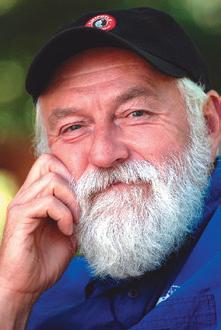
Photographer, author and lecturer Dave LaBelle has captured special moments for more than half a century, sharing photo tips and life perspectives with readers. For more of his writings, visit davidlabelle.com and his blog at bridgesandangels.wordpress.com.




• Rate schedule is based on your current age and is guaranteed for the life of the policy.
• Monthly rates as low as $3.49.
• Coverage is also available for your spouse and other family members.
• Benefits will NEVER be canceled or reduced for the life of the policy if premiums are paid on time.
Policy Form #SRTCV/SRTCV R13 or R17, or #SRTCV90MA in MA



• Rates are based on your children’s or grandchildren’s present age and never increase for any reason.
• Monthly rates as low as $2.17.
• Benefits will NEVER be reduced or canceled if premiums are paid on time.
• Give your children a financial head start right now. Your policy builds CASH VALUE for your family’s needs.
Policy Form #GWL2001 or GWLA001





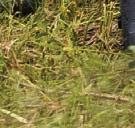










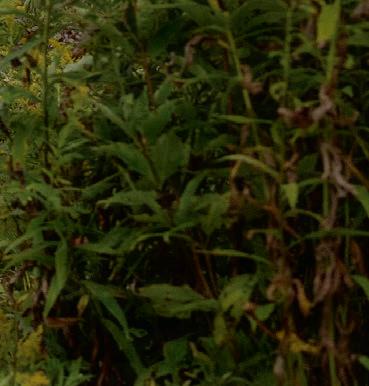
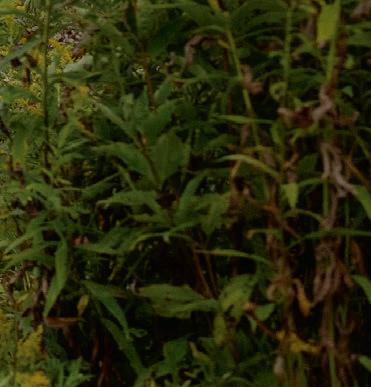






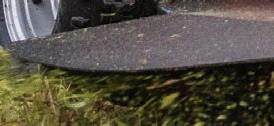
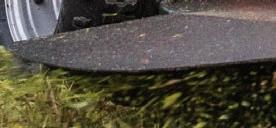
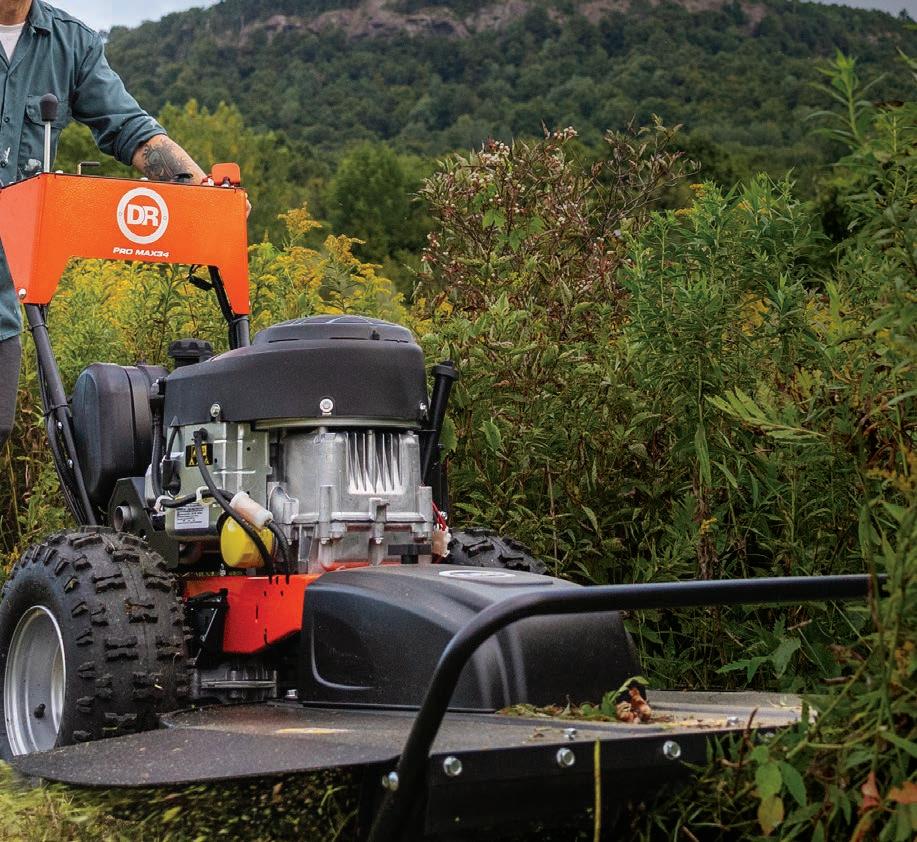
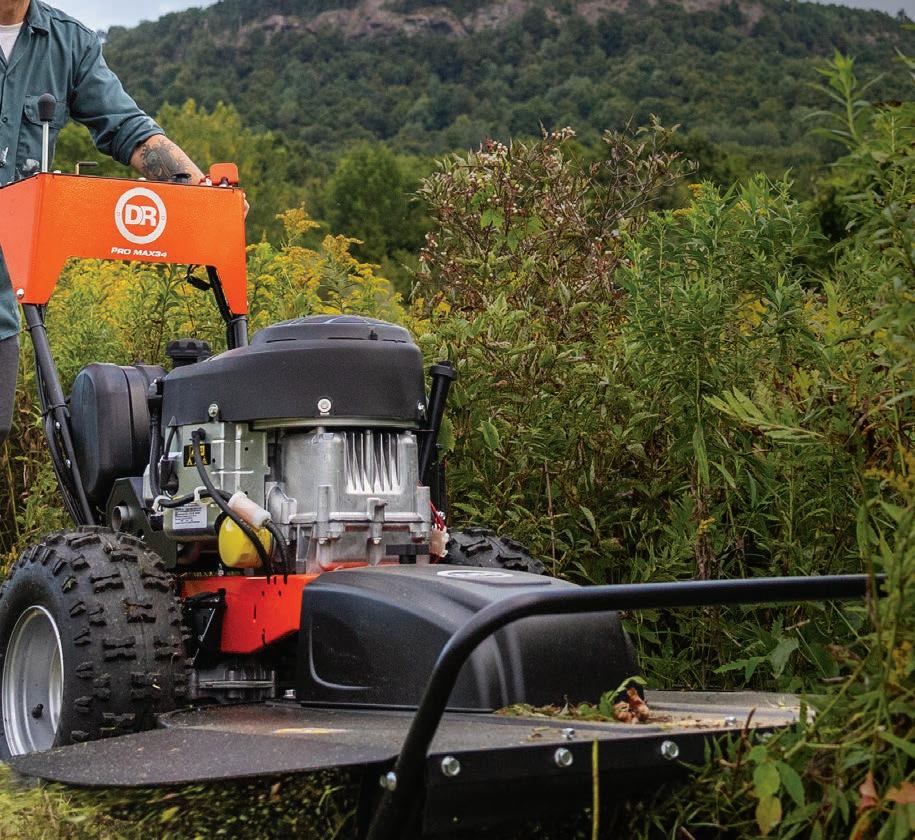




































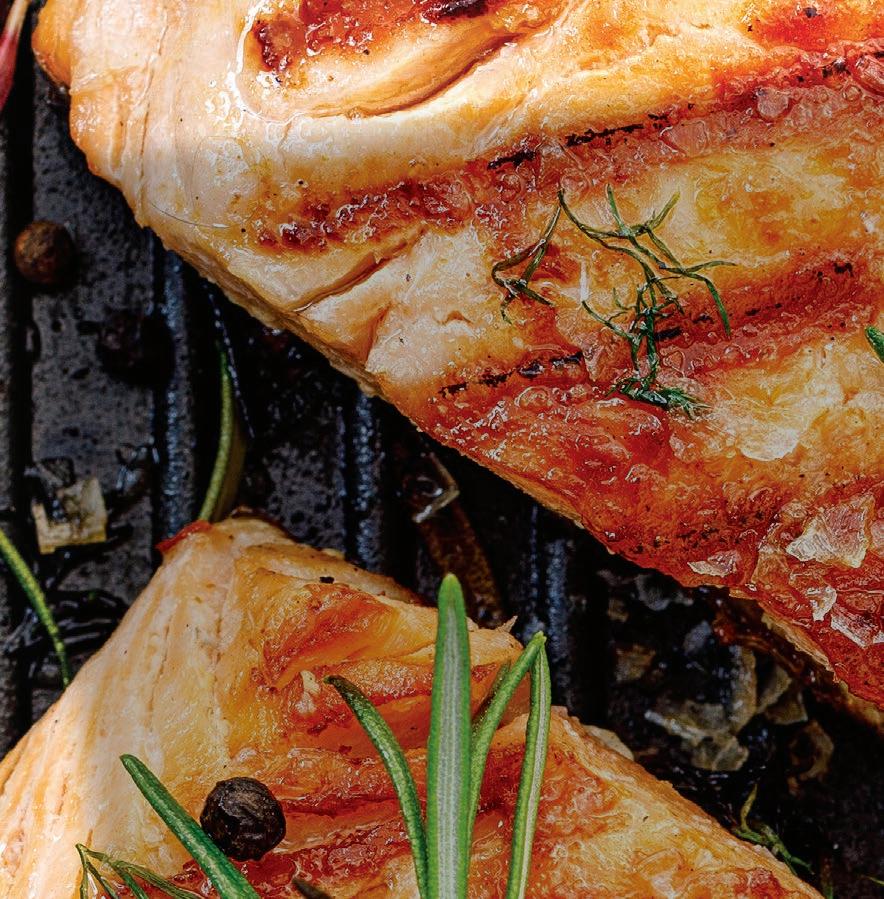


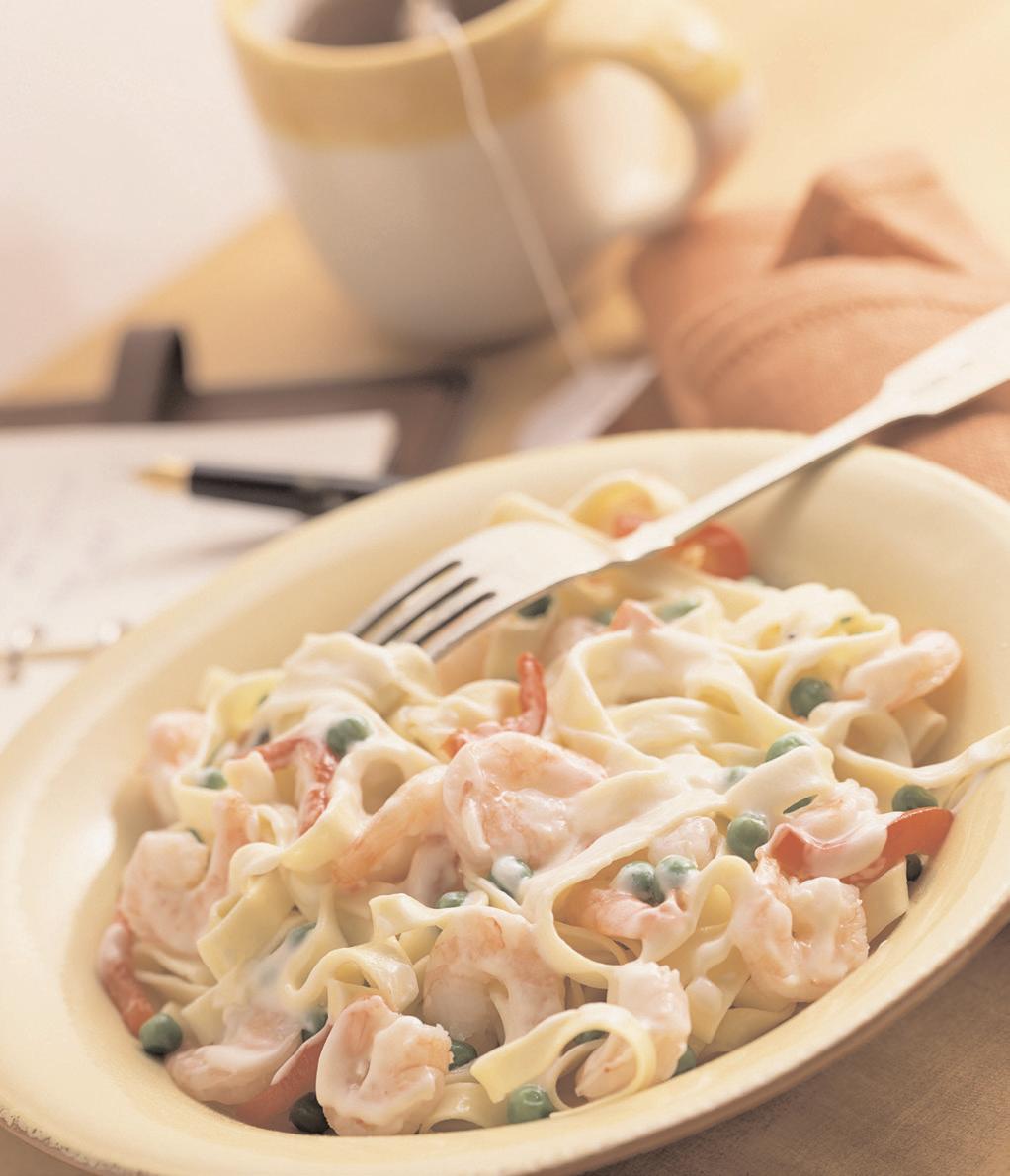
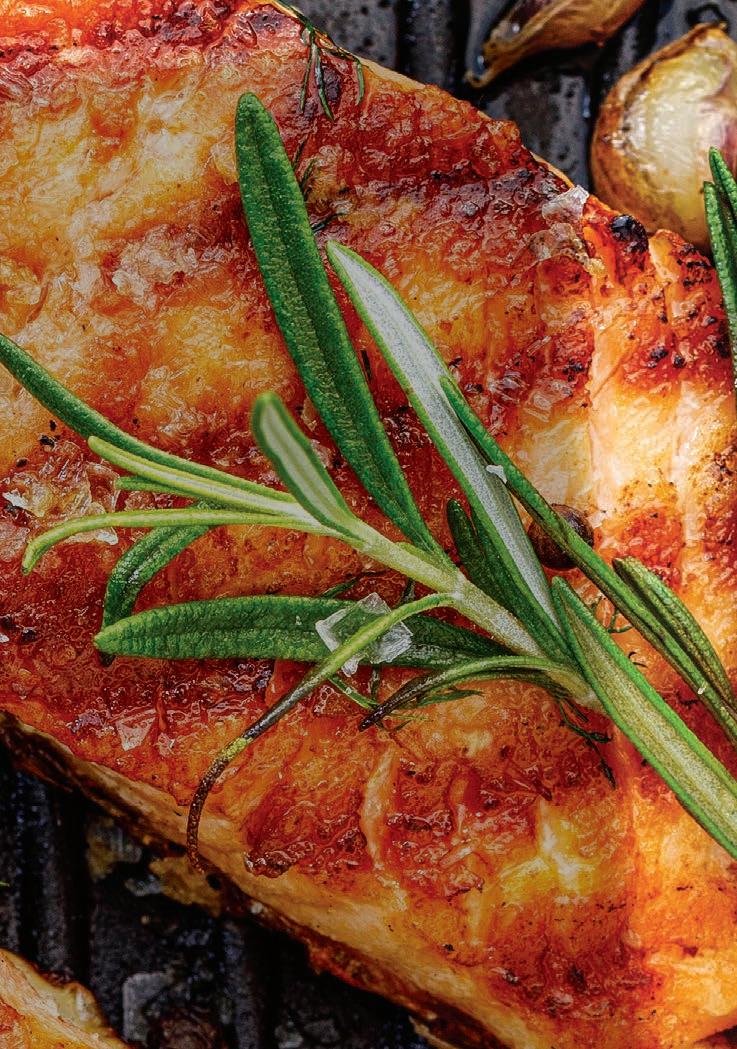
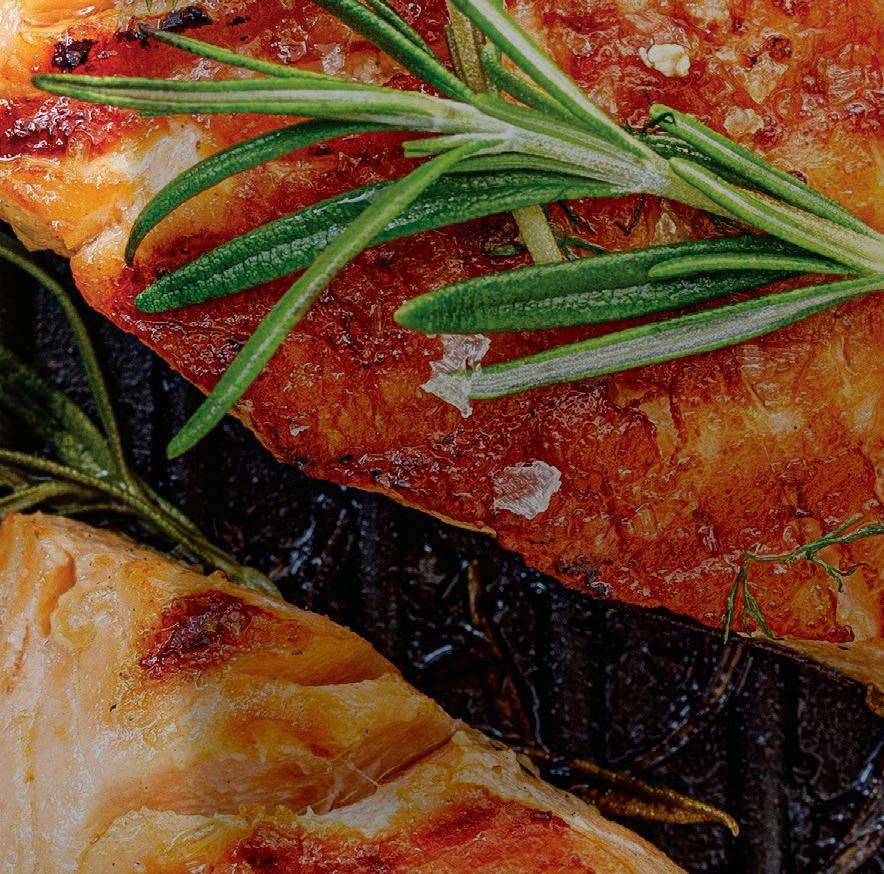
Seafood
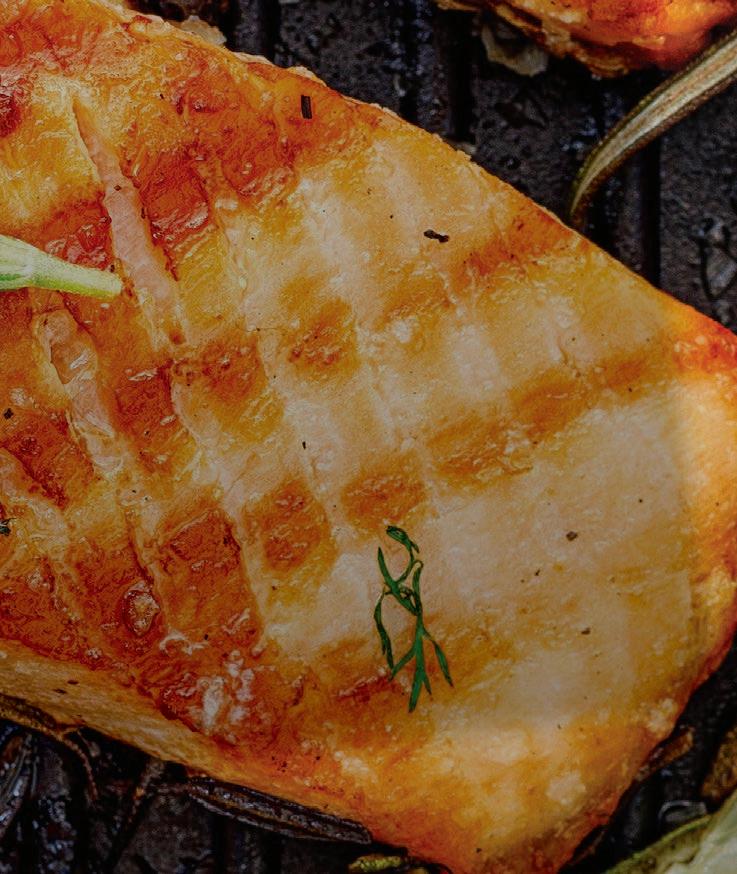
Seafood Cookbook
TO ORDER BY MAIL:
Submit payment with cookbook title, your name, address and number of cookbooks wanted to:
Ruralite Cookbooks
P.O. Box 1306
North Plains, OR 97133

Barbecue Halibut Oriental, Easy Salmon Quiche, Crab Enchiladas, Dilled Salmon Fettucine, Clam Chowder and Salmon Oyster Dip are among the recipes featured in this cookbook from our 1993 contest. The 8½-by-11-inch indexed book is $8 (includes postage).

TO PAY BY PHONE: Call 503-357-2105 for credit card payments with Visa, MasterCard, Discover or American Express.
TO ORDER ONLINE: Visit www.ruralite.com.

Please allow two to three weeks for delivery.




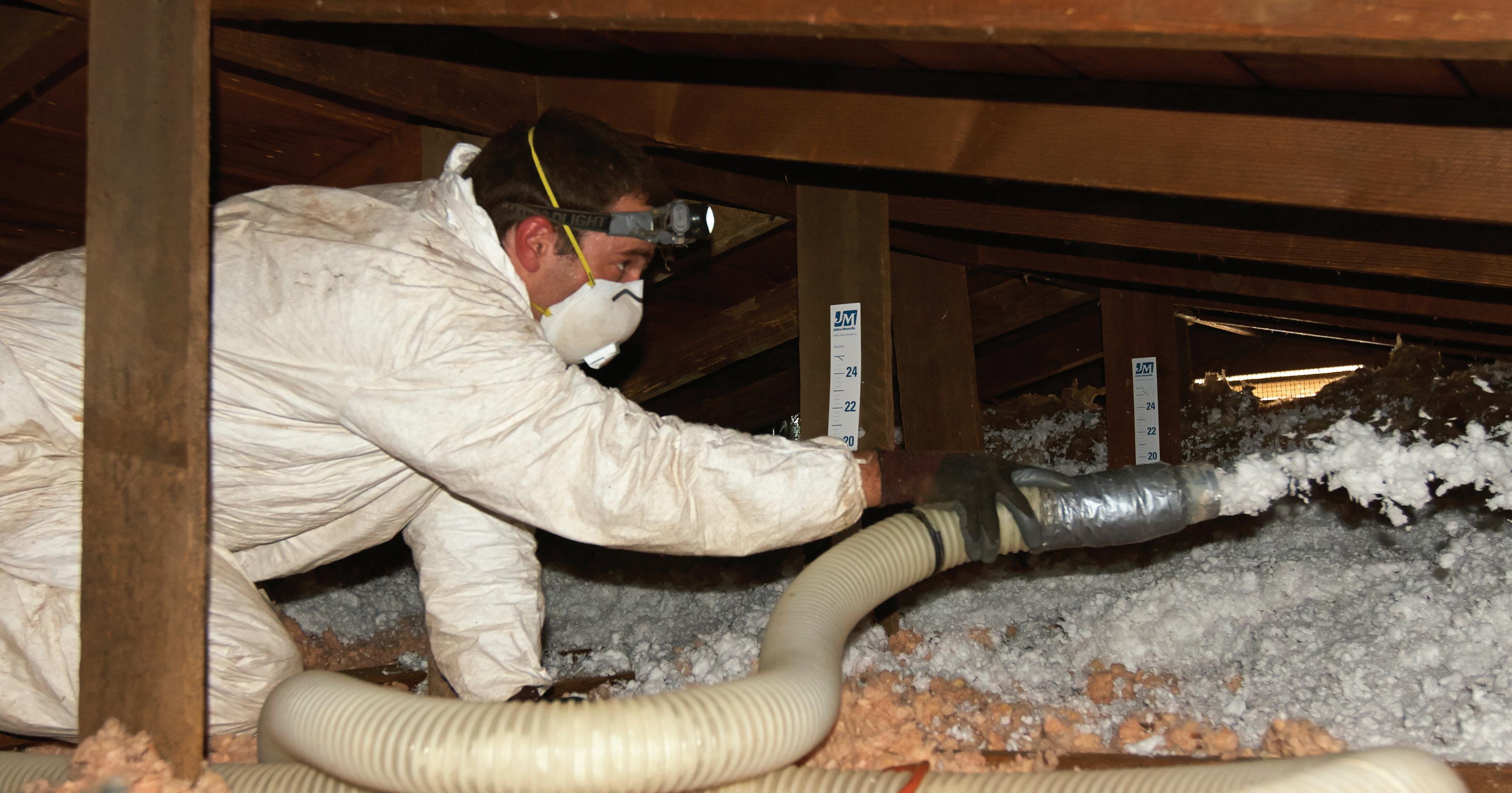
for Older Homes EFFICIENCY TIPS
By Miranda Boutelle
Q: How do I improve the efficiency of my old home while keeping its charm?
A: I love old homes. The details and craftsmanship have always drawn me in. The features of older homes can make them less efficient than modern construction, but it doesn’t have to remain that way. You can keep the charm and make your home more efficient.
Start by prioritizing invisible upgrades that make your home more comfortable and efficient. When we were children, I doubt any of us thought, “When I grow up, I want to spend my hard-earned money on insulation.” It’s not as exciting as new countertops or a remodeled bathroom, but air sealing and insulation can save you money every month. You can use those savings for aesthetic improvements.
Many older homes are not adequately insulated. Insulation has several benefits beyond sealing your home and preventing outdoor air from seeping in. It reduces outside noise and improves your comfort. Always properly air seal before you insulate. Older homes with pocket doors, coved ceilings, dumbwaiters, doors to attic spaces and laundry chutes allow indoor air to escape through cavities, gaps and cracks around these classic features.
Sealing these open cavities usually requires plywood, rigid foam or drywall fastened into
place and caulked around edges.
Keep an eye out for framing features that cause drafts. Balloon framing is a type of construction where wall studs run all the way from the foundation to the roof, allowing air to flow freely within those spaces.
Second floors with knee-wall attics on both sides are known for air leakage. Open cavities allow air to flow horizontally between attic spaces, making the home uncomfortable and inefficient. Seal these cavities in the floor framing and insulate attic spaces.
Dense-packed cellulose or closed-cell foam insulation can be sprayed into exterior walls. Skilled contractors can remove pieces of siding and drill holes to fill wall cavities from outside the home.
For brick or stone homes, holes can be drilled from the inside and then patched and painted. Insulating walls from the inside of the home requires more time and effort in preparation and cleanup, but having wellinsulated walls is worth it.
Knob-and-tube wiring—commonly used from the early 1880s to the 1930s—has no grounding wire and should be replaced prior to insulating walls and attics for safety purposes. Contact between insulation and knob-and-tube wiring can cause a fire.
People often think new windows are the best way to improve a home’s efficiency. With the high cost of replacing windows, I recommend investing in air sealing and insulation first. Then consider storm
windows to keep the charm of the original windows, such as leaded or stained glass, as long as they’re in good condition. Choose from interior or exterior options that are operable and inoperable.
Once you’ve addressed the envelope of your home, consider appliance upgrades. Replace old electric water heaters with heat pump water heaters. This upgrade can save a family of four an estimated $550 per year, totaling more than $5,600 over the lifetime of the water heater, according to Energy Star.
Invest in high-efficiency heating and cooling equipment. A mini-split heat pump, also called a ductless heat pump, is more efficient than electric baseboard heating and provides the added benefit of air conditioning.
Old homes don’t have to be inefficient. Show your home some love by investing in energy-efficient upgrades. n
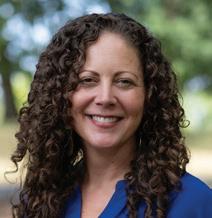
Miranda Boutelle has more than 20 years of experience helping people save energy. She has worked on energyefficiency projects from the Midwest to the West Coast. Today, Miranda is chief operating officer at Efficiency Services Group in Oregon, a cooperatively owned energy-efficiency company.
MARKETPLACE
Agriculture
4x5 round bales, Meadow Foxtail Orchard Grass. 4x4 Timothy, small square. 208-435-4637 or 208-435-4002; nas@cpcinternet.com. 1225
Reinforced custom-sized pond liners (39 cents/sqft). Hay covers, greenhouse covers, any width and length. Truck tarps and more. High-puncture and tear strength. Best price guaranteed. Celebrating 44 years in business. www.btlliners.com. 541-447-0712. 0426
Antiques and Collectibles
Buying antiques and collectibles: advertising signs, porcelain signs, gas pumps, beer signs, antique toys, cast-iron coin banks, neon signs and more. Jason, 503-310-3321 or tjabaughman@yahoo.com. 0925
Buying American Indian collectibles, Navajo jewelry, blankets, rugs. CA/AZ baskets and beadwork. Quality paintings of the early Southwest and Americas. Call 760-409-3117 or send photos to amer.ind.baskets@gmail.com.
Automotive
Rare 1960 Chevy pickup 4x4. Shortbed. Not running now. Text or call 661-713-3377. Leave message. $7K. 0725
1957 T-bird e-code. Salmon color hardtop convertible fully restored matching factory numbers. Full history with pictures; original bill of sale. $37.9K. 541-519-0409. Momsbroke2@hotmail.com. $37.9K. 0725
Chevy truck ’57. 3/4 Truck-3600-235-6 cylinder. 4 SPTR, NAPCO 4WD. 4:57 GRS. 97” LB. 8-lug, 265-75-R16-10ply-LR-E. BF Goodrich tires, drivable. LIC + regular, needs to be finished. $20K, cash. 702-701-4834. 0725
1992 Datsun 2040Z. Mileage is 49,520. Manual. $15K, OBO. Leave message, 541-298-5687.
66 Fairlane 500. $2.7K. 1959 Ford 671; like new. $2K. 208-507-1211. 0725.
Books, Magazines, Videos
Book restoration. Bibles, cookbooks, cherished family heirlooms. Beautiful work. We give renewed life, more durable than original, to last for generations. 775-537-7066; salacanstudio@gmail.com. 0725
Community Events
New Exhibits: “I Have Some Ideas” (Sarah Wynn), “A Remix of Whimsy” (Heather Tomlinson and Kimberly Baum) on July 11. Art Center East, La Grande, OR. artcentereast.org. 0725
Quick, Affordable: How to Place an Ad
Ads 25 words or fewer are $35 a month. An extended ad of up to 35 words is $50 a month. Contact information is included in the word count. Phone numbers and emails count as one word.
Longer ads may be placed. Contact 503-357-2105 or info@pioneer.coop for pricing information.
Ads are for customers of member co-ops, public utility districts and municipals only. Subscribers and nonmembers may inquire about pricing at 503-357-2105 or info@pioneer.coop.
Ads must be direct and in first person, and are subject to approval and editing.
Closing deadlines (in our office): September issue—July 30, 2025.
If submitting ad by mail, send appropriate payment with your name, address, email, phone number and the name of the electric utility that provides your magazine to: Marketplace, P.O. Box 1306, North Plains, OR 97133. Make check or money order payable to Ruralite.
We accept credit card payments for ads submitted by email. Send ad to info@pioneer.coop.
Call 503-357-2105 to pay by credit card.
Advertisements are accepted in good faith. Pioneer Utility Resources is not liable for interactions between buyers and sellers.
Miscellaneous
3 cemetery plots, Salt Creek Cemetery near Dallas, OR. $800 each. Open to offers on all. Message, 503-457-8084. 0825
Granite cemetery markers at affordable prices. Will ship to most places. For more info: Joe, 541-815-8906 or highdesertmemorials.com; highdesertmemorials@gmail.com. 0725
Spiral staircase. 63x63” hole. $2K, OBO. All ready to dismantle in Bay City. Also selling 30 cases of wine bottles; $2.50 each. 775-385-4261. 0725
Pets
Fort Sage Kennels closing. AKC-registered Airedales. Females, 1 year old. Males, 2-3 years old. 530-827-2271, 530-249-7896. 0725
Plants
Cactus for sale. Cold/winter hardy. Good for landscaping. Sunnyside/Mabton, WA, area. Local pickup only. 509-391-5546; marybarthlow@gmail.com. 0725
For sale: approx. 100 30-year-old black walnut trees in Eltopia, WA. 509-531-5899; janitorialex@yahoo.com. 0825
Real Estate
Dale store. Live/work in a recreational enthusiast’s location, store, fuel, post office, home, game cooler. $325K. Duke Warner Realty: 541-987-2363, ddwr@ortelco.net. 0725
320 acres east of Adel, OR. Borders Hart Mountain views, Steens Mountain and Beaty Butte. Landowner tags, very rural. $179K. Due to injury quick sale. For maps: 541-659-1573; thejugglingman3@gmail.com. 0725
39 acres in Beaver, OR. Stunning mountain-top view, creek, springs, wildlife, hunting, fishing, privacy. 3-bd, 2-ba home. 40x40’ barn. $595K. 503-664-3144. 0725
27 acres forested with pasture. Approved hilltop view building site; adjacent historic Unity Covered Bridge in Lowell, OR. Well, power, 2 sheds. $650K. 206-356-0391; jjmichelson@comcast.net. 0725
20-acre homestead. Northeast NV. Trailers, equipment, tools included. Power nearby, shallow aquifer. Year-round access. $35K. geopup58@gmail.com. 0725
4 adjoining 1/2-acre lots in DRRHS Unit 9. Near Sunriver and Mt. Bachelor. Bend, OR. $75K each. geseibel@juno.com. 0725
Let me help you buy or sell ranch, farm and recreation property in OR. Fourth-generation Oregonian, prior ranch owner. For sale: Klamath Marsh, OR. 173.65 acres. $2.5M. Guest Ranch Overlay. John Gill, 541-480-9161; johngill@landandwildlife.com. Land And Wildlife brokerage. 0725
Recreational Rentals
Oceanfront cottage on the spectacular Central OR Coast. Stunning views, sandy beach. Scoters, spindrift and seals. 2 bd and loft, all w/double beds. Rates and reservations: wavecatcherbeachrentals.com; 541-740-2846, relax@WaveCatcherbeachrentals.com. 0725
Enjoy your ideal Maui getaway. This updated 2-bd, 2-ba condo sleeps 4 and features a charming surf shack design. Just half a block from a beautiful beach, it’s perfect for morning strolls and sunsets. Plus, you’re steps away from shops and restaurants at Azeka Plaza. tinyurl.com/MauiGetaway. 0725
Mi Casa NW: Nehalem River day access $25/ day and camping $100/night. Experience the river, creeks, hiking trails, fishing, wildlife, etc. Boat ramp BYO canoe, kayak, boat and stargaze all on 35 acres, just 25 minutes from Seaside and 45 minutes from Portland. 5 tent camping sites along the Nehalem River; private, exclusive, secure. 971-489-3960. 0725
$275/night VRBO vacation rental. Only 1/8 of a mile from Lake Coeur d’Alene, ID. t.vrbo.io/EgtTnZc7HSb. 0725
Resorts, Camps, Tours, Lodges
Cruises: Alaska, Caribbean, Mediterranean, Panama Canal, Hawaii and more. River cruises, safari, resorts. UdoU Travel LLC: udoutravelllc.com; 541-256-0100, cindygreenup@gmail.com. 1125 Services
Dawn Till Dusk Masonry. Brick, block, stone and pavers. Small jobs and repairs welcome. dawntillduskconstructionmasonry.com; 541-388-7605, 541-410-6945. License #245760 bonded and insured. La Pine, OR. 0825
Blue Mountain Defensible Space LLC wildfire fuel reduction: clearing brush, thinning trees, animal habitat enhancement. Expert service. Grant money available OR, WA, ID. Bluemountainbrush@gmail.com, 509-399-3473; Bluemountainbrush.com. 0126
Apologies to anyone who couldn’t use the $5 off code mentioned in June’s classifieds for their purchase at Azure Standard. My mistake, please email seekingserenity7531@gmail.com and I’ll get that out to you. Sorry again. 0725
Situations Wanted
Senior male with large dog looking to rent, small apartment, mobile home or fifthwheel in the country. Will consider buying. Willamette Valley preferred. Richard, 541-444-1255. 0725
71-year-old country girl needs a man in her life. Avid gardener, cook, artist. Pretty. 5 ft 9 in. 132 pounds. Well-toned. Likes beer, sometimes smokes cigarettes. Mail me a note at P.O. Box 2623, Brookings, OR 97415 or text me at 707-951-1882. 0725
Want to Buy
Old carpenter tools, planes (wood/metal), levels, chisels, slicks, adzes, axes, hatchets, handsaws, old rulers, spoke shaves, wrenches, shipwright tools, old tool chests. 503-659-0009, 971-666-0659. 0725
Gold, silver, coins/currency, buy, sell. Collections wanted. Fair prices paid. 44 years in retail store. Baker City, OR. 800-556-2133, garrymclin@aol.com. 1025
Buying American Indian collectibles, Navajo jewelry, blankets, rugs. CA/AZ baskets and beadwork. Quality paintings of the early Southwest and Americas. Call 760-409-3117 or send photos to amer.ind.baskets@gmail.com. 1025
Looking for an apple cider press for my farm; preferably oak, grinder on top. 206-948-0617. Will come to get it in WA, OR, ID. 0725
Cash paid for old gas station and oil company signs, pumps, globes, metal oil cans. Good condition. Discreet cash settlement. Clifton Jones, collector. 512-413-4459. 1225
Western-styletreelesssaddlebymakerBill Houston Othermakersconsidered.BakerCity, OR 541-350-7546,jimcarnahan51@gmail.com.
ENERGY MATTERS
Creating Safer Fish Passage
Around the Northwest, the U.S. Army Corps of Engineers helps repopulate endangered fish species
By David Herder
Every year, hundreds of Chinook salmon make their way up the Willamette River to Fall Creek Lake. In 2010, the fish population in the waters outside Eugene, Oregon, largely came from hatcheries. Today, with help from the U.S. Army Corps of Engineers’ Willamette Valley Project, there is now a self-sustaining wild salmon population.
The change is the result of a regionwide effort to leverage hydropower and other resources to benefit fish and energy production.
“The whole region is really working on trying to improve the status of endangered fish species,” says Greg Taylor, supervisory fisheries biologist with the project. “The U.S. Army Corps of Engineers is looking out 30 years and thinking—and then implementing—a whole host of projects. The biggest
picture ones are in the arena of downstream fish passage. But that is a huge challenge, with big costs and a lot of uncertainty.”
The Corps’ focus is endangered fish species, such as Chinook salmon, steelhead and bull trout. The Corps helps fish migrate up and down rivers with the goal of repopulating fish above dams, helping them live full life cycles and potentially helping them be successful enough to be removed from the endangered list.
Hydroelectric facility management significantly influences fish health. Management strategies can help fish navigation, regulate water temperatures and manage levels of dissolved gas, all crucial factors for fish survival.
The salmon in Fall Creek Lake face many of the challenges hanging over fish throughout the Pacific Coast. Salmon do best in cooler waters with higher flow rates. Waters throughout the region have warmed, and Fall Creek Lake has always had a drier
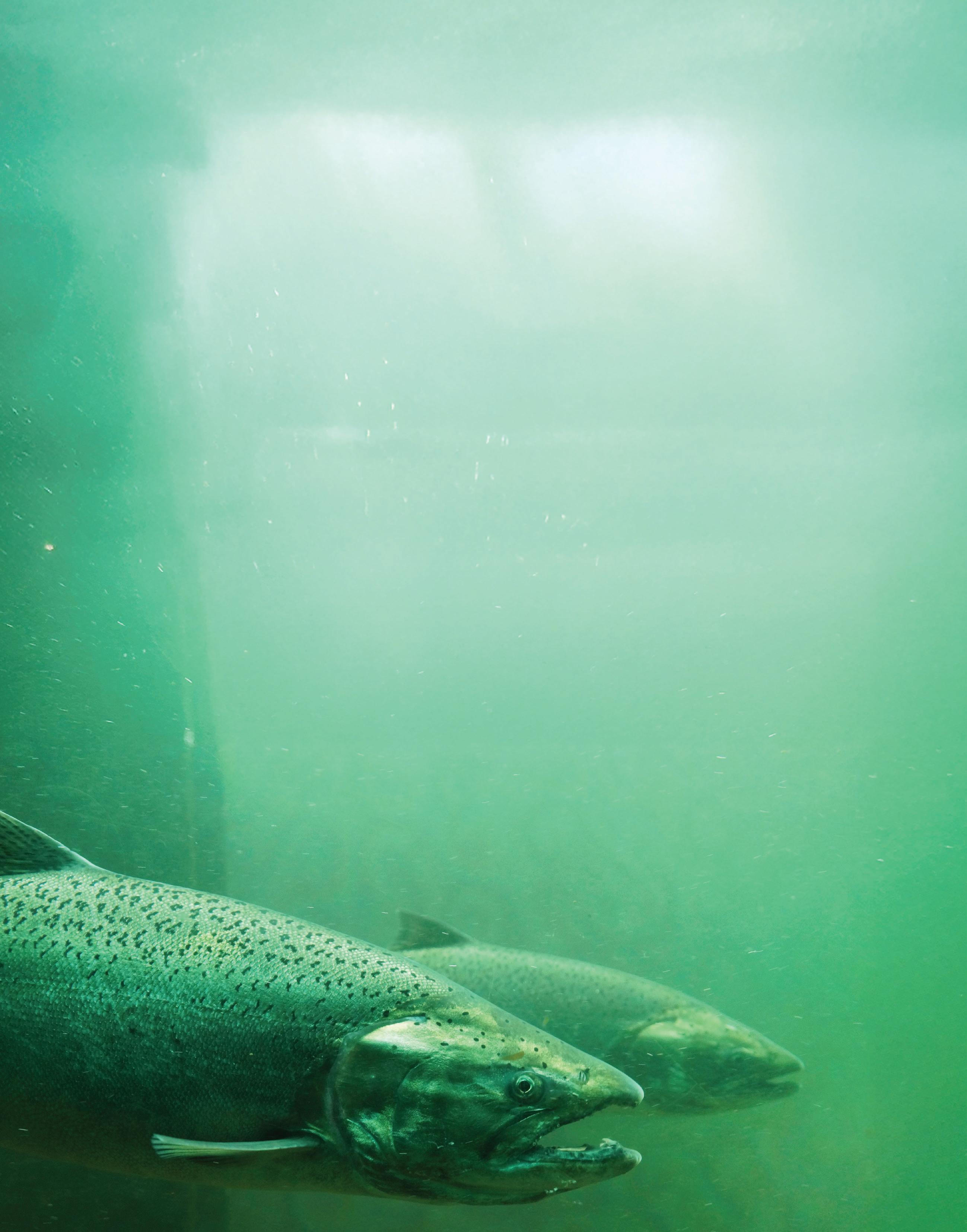
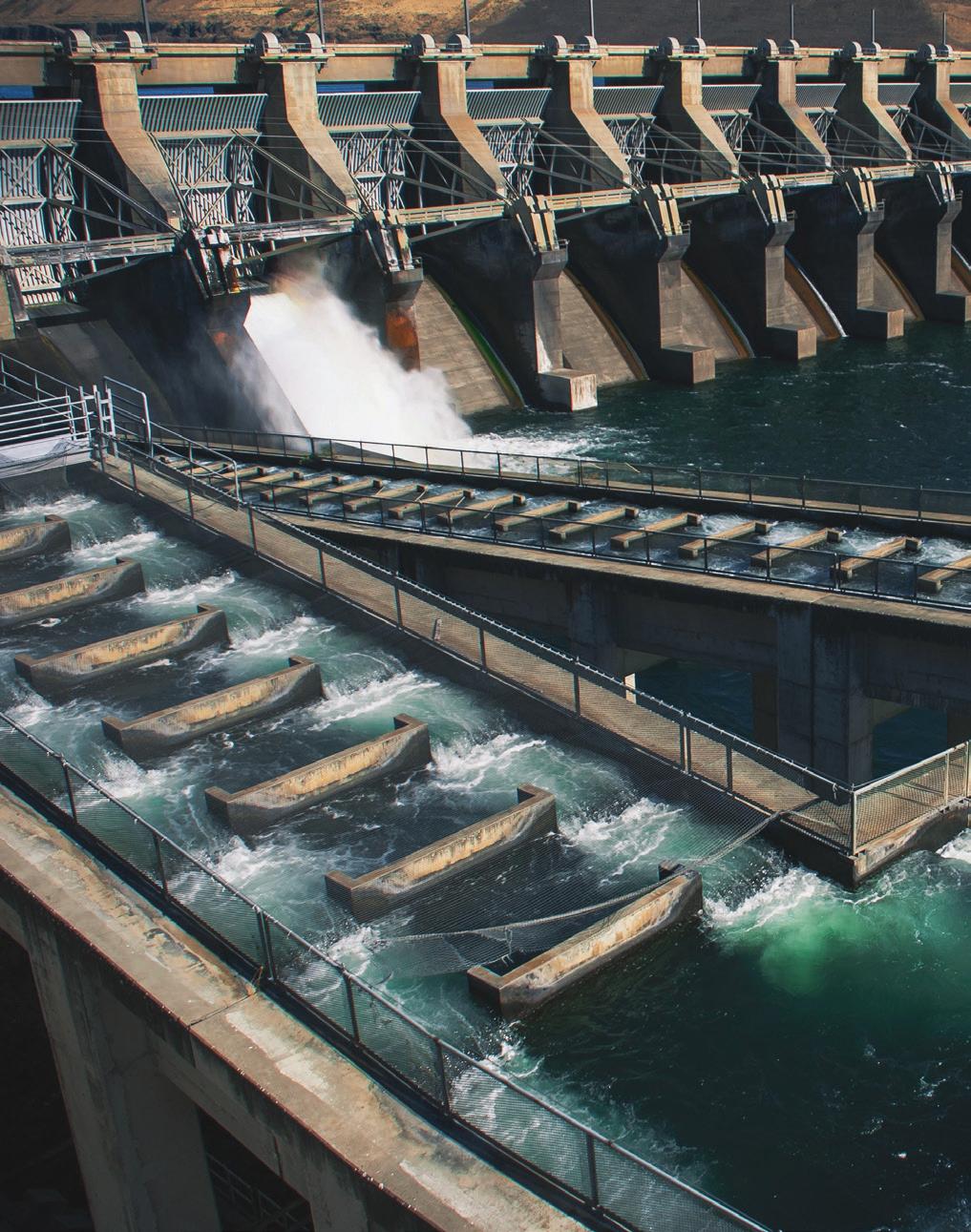
basin—meaning lower, warmer water.
“It’s just a tough place to be a salmon,” Greg says.
In 2010, the Corps began a practice Greg says has greatly benefited the area’s salmon: annual drawdowns of Fall Creek Lake. Some dams, such as Fall Creek Dam, have submerged passages that allow fish to swim safely through them. Many species of Northwest fish tend to stay in the top 50 feet of a body of water. The Corps can lower water levels behind dams to help fish find these safe passages and improve their survival rates.
At other facilities, more water is spilled over the tops of dams, which is shown to help fish pass safely downriver. Each facility and ecosystem are unique, so the challenges differ along the Willamette, McKenzie and Columbia rivers.
“You can’t just do what you did at Fall Creek and replicate it over in the McKenzie,” Greg says. “It’s got to be a tailored and custom solution in each situation.”
After the fish have moved past a dam,
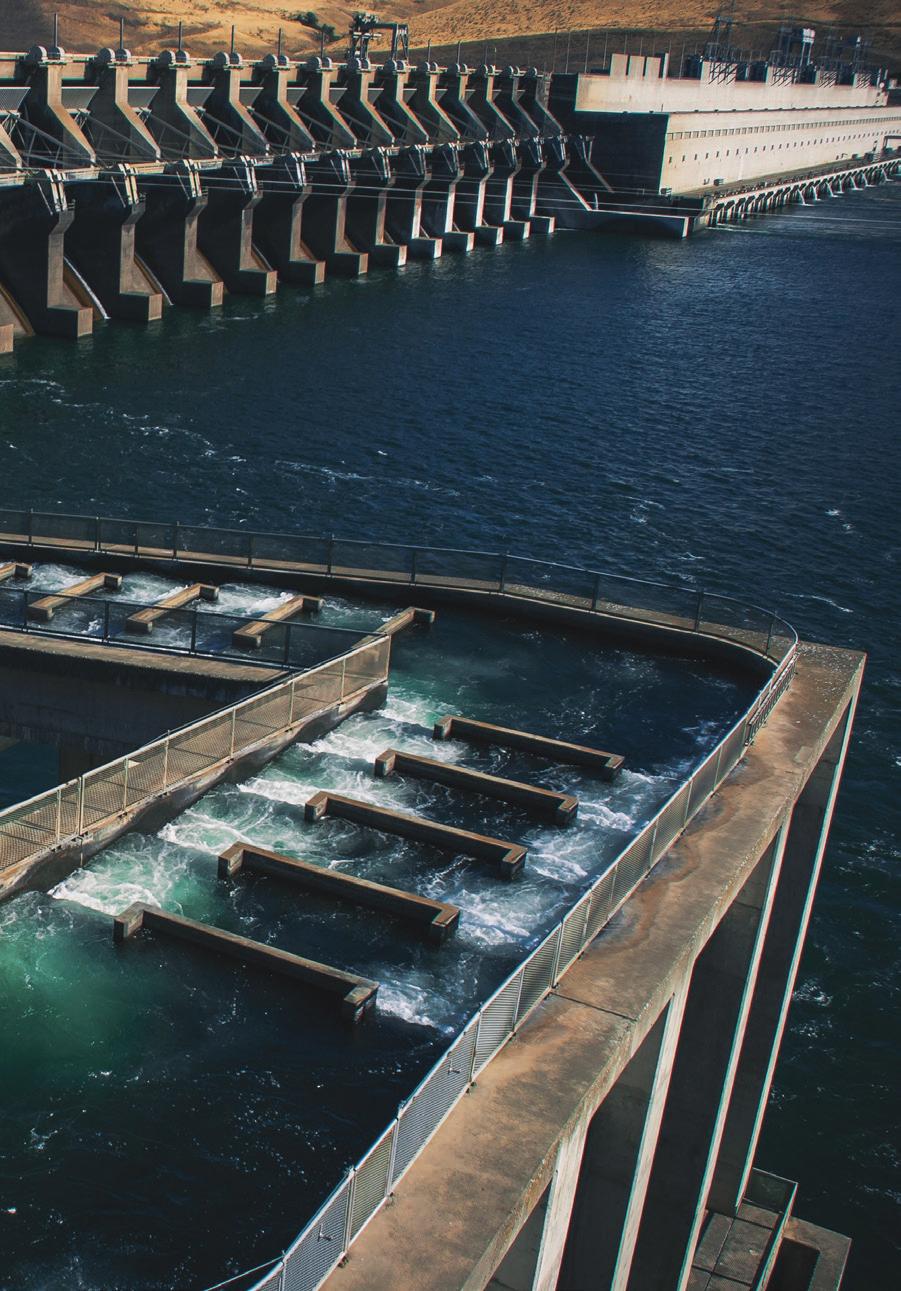
hydro facilities play important roles in managing water quality. Spilling water over dams helps fish migration, but it also increases dissolved gas levels, which can be harmful to fish. Hydroelectric generators don’t add dissolved gas to water, so running generators while also spilling water over dams can help balance gas levels.
Additionally, dams can introduce cooler water downriver. Shallower river water warms in the summer heat, while deeper water in reservoirs is often colder. Running additional water through generators at specific times can ensure fish have the cooler waters they need during migration season.
Greg and his team evaluate how decisions could impact different fish populations—and different parts of the same population. For example, if the Corps’ goal was just to help Chinook salmon reach a reservoir as they migrate upriver in the spring, dams could spill a huge amount of water, lowering temperatures for migration. But that would warm the reservoir and hurt juveniles when they spawn. It would also impact river temperatures later in the year and increase the amount of suspended sediments in the water.
“You can’t get the blinders on and just think about one aspect of the life history of these fish,” Greg says. “You’ve got to think it all the way through and think about how

it’s going to affect all aspects of that fish, or your other authorized purposes.”
The Corps also helps fish migrating upriver. Fish ladders aren’t available at every facility to help fish jump up and around the dam. A couple of times a week, biologists with the Corps head out to the river to help move tens of thousands of fish.
At five different facilities along the Willamette River, fish are directed into ladders that lead them into holding pens—basically oversized swimming pools. The fish then follow a spray of water and jump into a flume, where biologists inspect each fish. The Corps and Oregon Department of Fish and Wildlife have a disposition plan that determines how many of which species will be moved above dams and which will be sent back into the river below. The fish moving above the dam get loaded into trucks that drive them upriver.
Every fish a biologist works with is counted, and for target species, data such as sex and length are tracked. Biologists also collect a small tissue sample for parentage analysis. By looking at genetic data, they can determine whether its parents had previously been tracked and
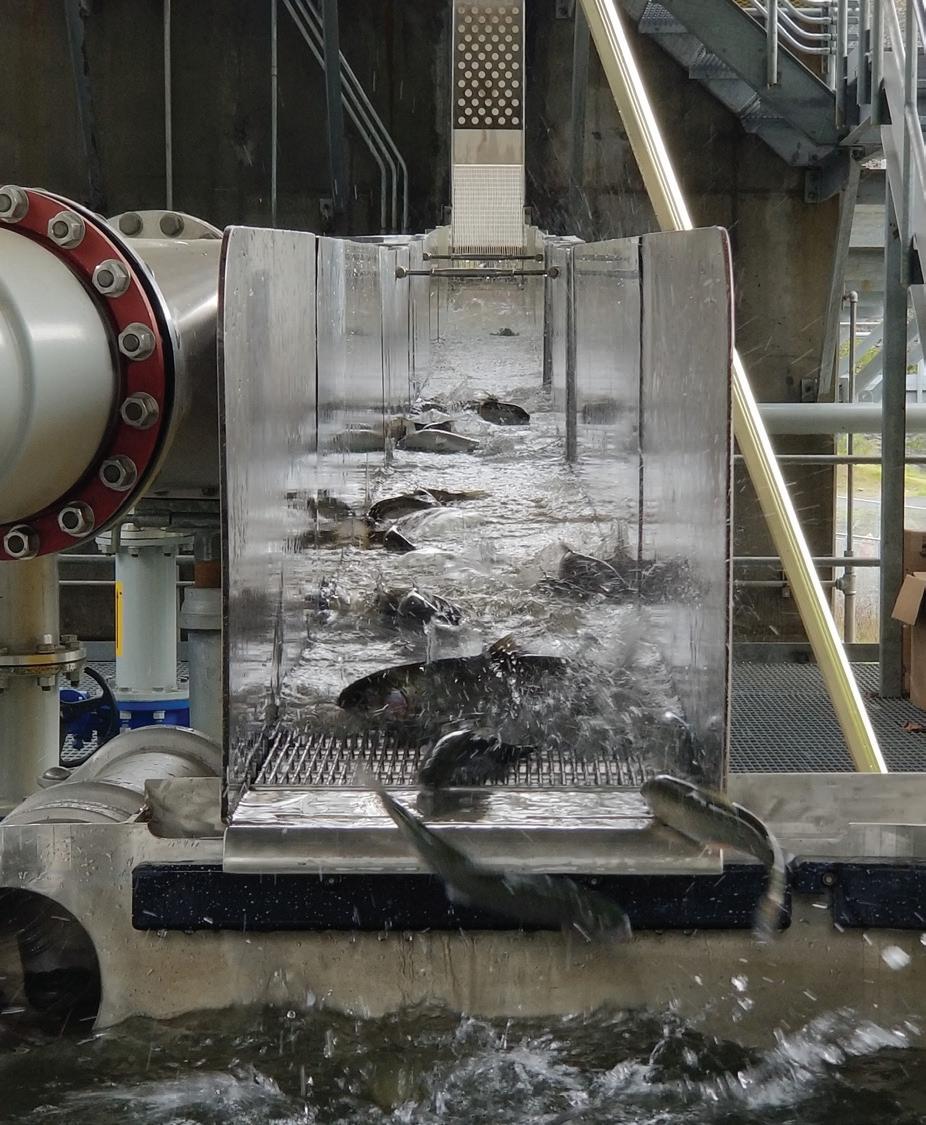
ascertain whether the fish had spawned above the dam.
“It’s a really good big-picture way to understand how we’re performing,” Greg says. “If you put 500 fish up there, and you get 100 back, you haven’t improved the status of the population. So, the bigpicture goal is for that population to sustain themselves.”
While the salmon at Fall Creek Lake have begun sustaining a stable population level, that’s not true in all bodies of water the Corps works with. But Greg and his team are working hard toward that goal.
“Some of these fish feel like my fish children, for sure,” Greg says with a laugh. “They keep me up at night. I worry about them.” n

Crisp Morning Capture
Hunting season isn’t just a time to bag game. Many hunters find comfort in being in the middle of nature on a cool, crisp morning.
“This photo here says it all,” Shanteil Hotchkiss says of a 2024 photo taken on a hunting trip.
To submit your photo, email a JPEG to photos@pioneer.coop. Include “Before You Go” in the subject line and share a bit about what inspired you to make your photo. n
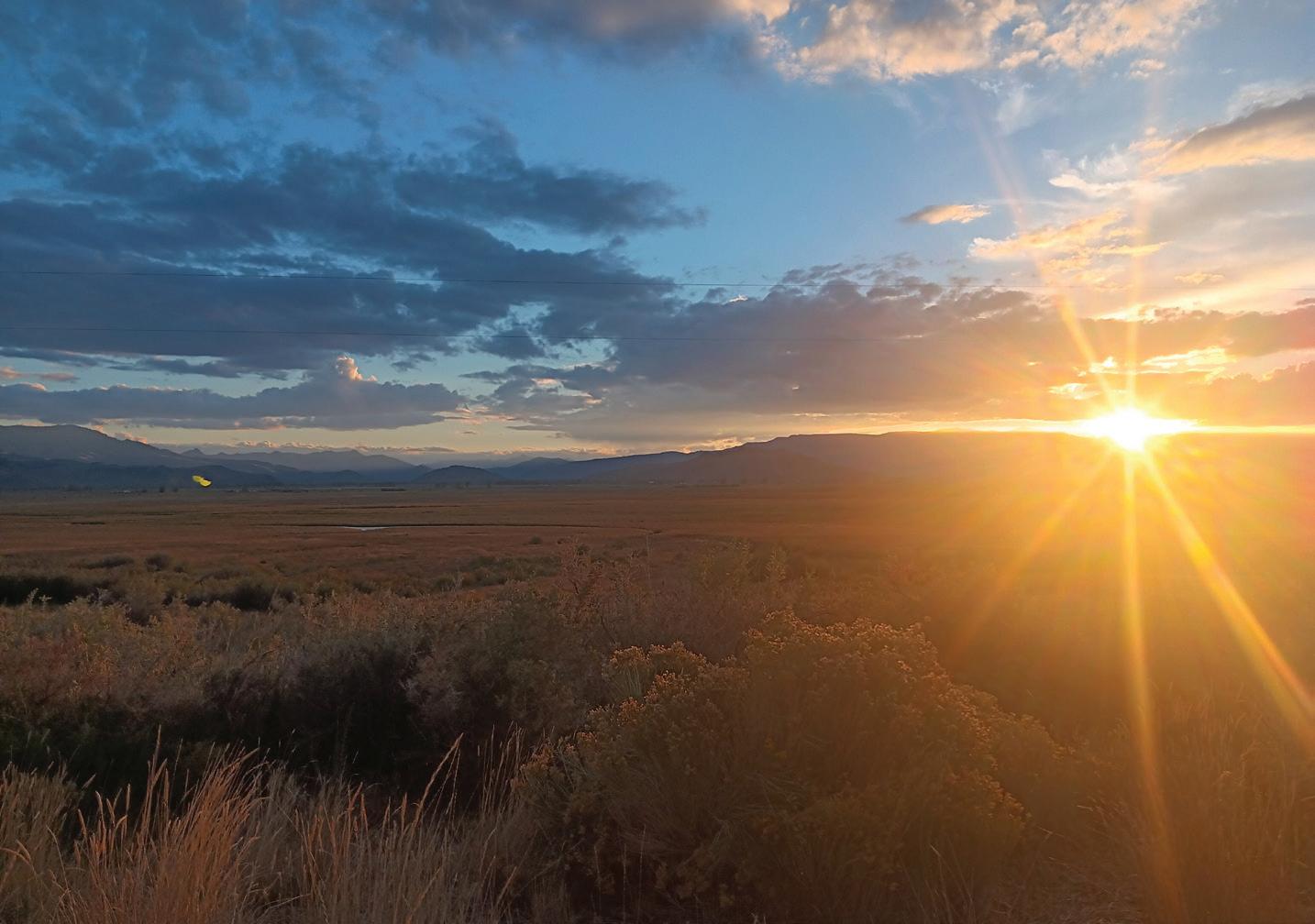
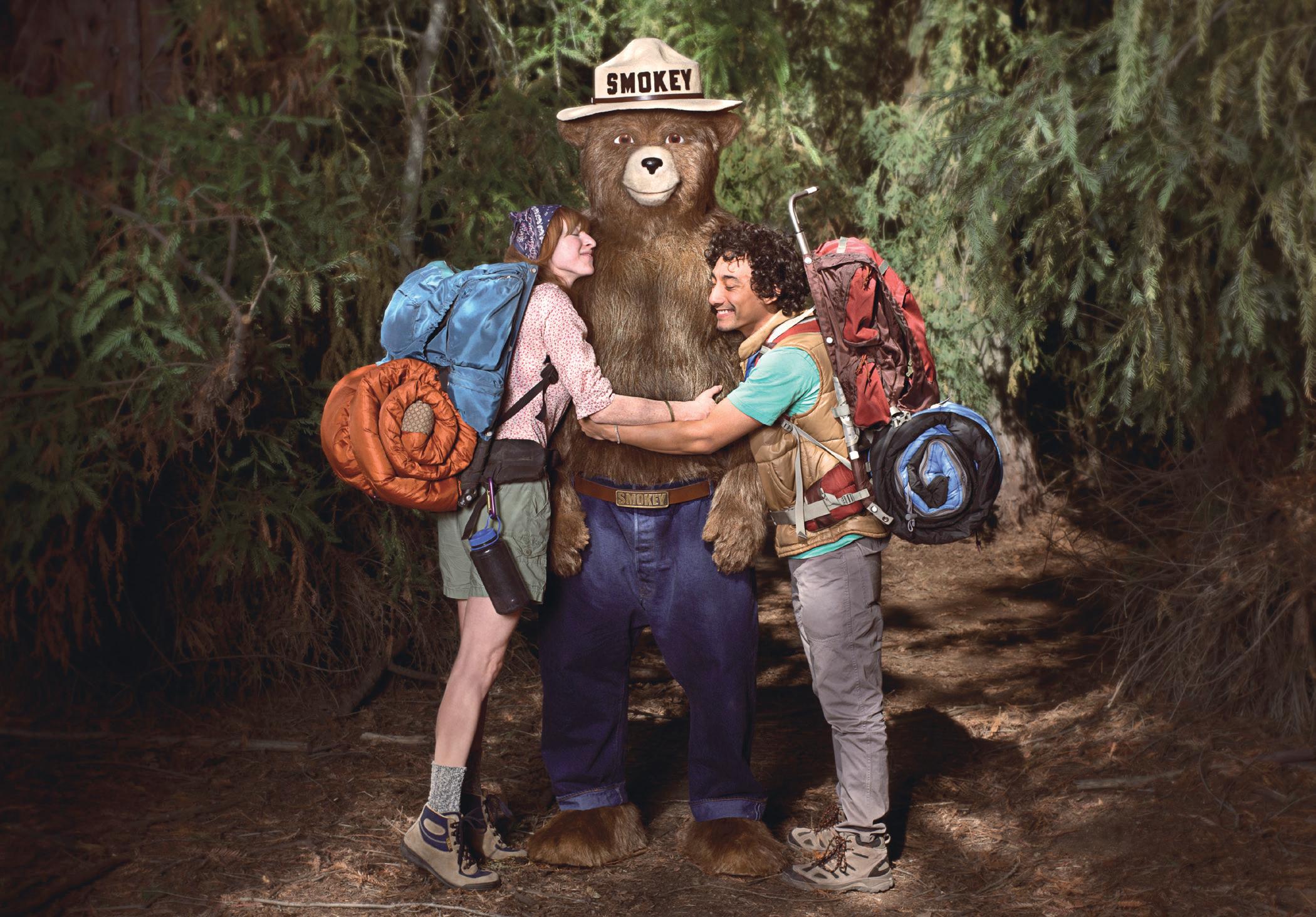
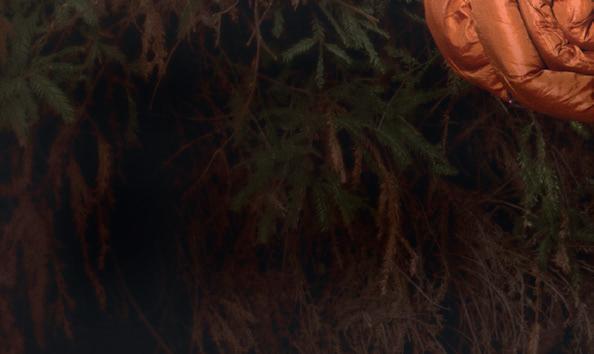
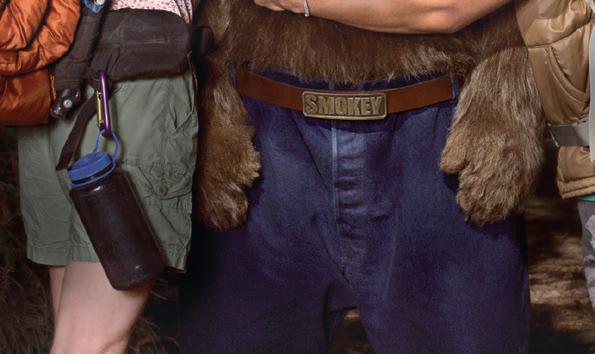
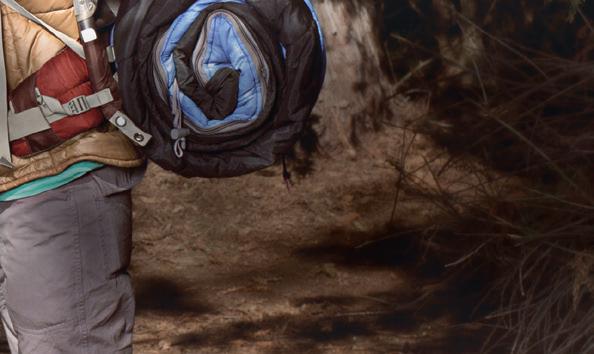


Classic Cookout Recipes










Discover all 13 of our Recipe Contest cookbooks. Each is 8½-by-11” with index. Prices shown include postage and tax.
Please allow two - three weeks for delivery; include your email address if you would like a shipping confirmation.
652 Rose Ave.
P.O. Box 69
Vernonia, OR 97064
503-429-3021
Toll free 800-777-1276 www.westoregon.org
Office Hours:
Monday through Thursday
7 a.m. to 5 p.m.
Closed for lunch from 11 a.m. to noon
BOARD OF DIRECTORS
President Jim Buxton (District 3 – Vernonia, Keasey)
Vice President Patricia Jordan (District 1 – Jewell, Elsie, Hamlet)
Secretary/Treasurer Mark Ludeman (District 7 – Manning, Hagg Lake, Yamhill County)
Paul Seamons
(District 2 – Mist, Apiary, Birkenfeld)
Brett Costley (District 4 – Vernonia)
Ray Taber
(District 5 – Timber, Buxton)
Jolene Jonas (District 6 – Chapman, Scappoose)
GENERAL MANAGER
Billi Kohler
CHIEF FINANCIAL OFFICER
Daniel Huggett
ENGINEERING & OPERATIONS MANAGER
Andrew Larson
ADMINISTRATIVE SERVICES MANAGER/HR
Laura Hein
Board meetings are at 5 p.m. the fourth Tuesday of each month. Members are welcome.
Capital Credit Checks
Dear Members,
I hope you are enjoying a safe and sunny summer!
I am excited to share the West Oregon Electric Cooperative Board of Directors will retire more than $1 million in patronage capital credits this year. This retirement covers the years 19801985 and reflects our commitment to returning value to our members.
As a not-for-profit cooperative, WOEC allocates excess revenues back to members in the form of capital credits. These funds are retained for a period of time to help maintain and improve our system, then returned to members when our financial position permits. We follow a first-in, first-out retirement method, meaning the oldest capital credits are retired first.
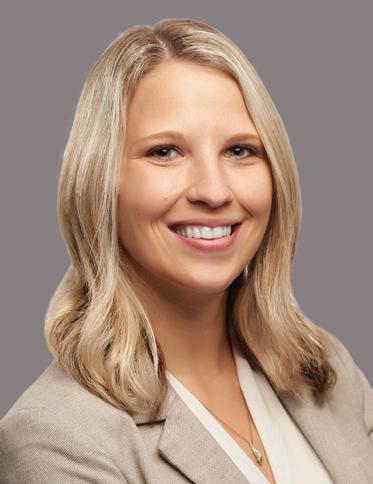
If you received electric service from WOEC at any point from 1980 to 1985, you may be eligible to receive a capital credit retirement. Checks will be issued and mailed in July to the most current address we have on file.
If you’ve recently changed your mailing address, or if you are the heir of a deceased member, contact our office as soon as possible to help ensure your capital credit check is delivered correctly. You can reach us at 503-429-3021 or stop by during regular business hours.
We also encourage all members to sign up for SmartHub, our online account management portal, available on the web or as a mobile app. We’re committed to keeping you informed, and we’ve recently upgraded our communication system to include text and email notifications through SmartHub. By enabling notifications, you’ll receive timely updates during storm-related outages, public safety power shutoffs or other emergencies.
Reminder: We’ve transitioned to a 4/10 work schedule—open four days a week for 10 hours each day. Our office is now open 7 a.m. to 5 p.m., Monday through Thursday, and closed for lunch from 11 a.m. to noon.
Thank you,
Billi Kohler General Manager
